
When your dog looks at you for a long time, here's what it means according to experts...
You’ve probably noticed it: your dog gazes at you — calm, steady, almost soulful. Sometimes it feels loving, other times a bit intense. But that long stare isn’t random. Dogs use eye contact as a powerful way to communicate, and the real meaning depends on context, body language, and your relationship.
Let’s explore what your dog might be saying when they hold your gaze — from love to curiosity, to the occasional request for a snack.
1. Affection and Bonding — “I Love You”
Why:
When your dog looks at you softly and calmly, they’re not just watching — they’re bonding. Prolonged, gentle eye contact between a dog and their human triggers the release of oxytocin, the same “love hormone” that strengthens bonds between parents and children.
Over time, dogs have learned that looking at you leads to positive experiences — like smiles, gentle words, petting, or treats — so they repeat it to stay connected.
How it looks:
A relaxed body, loose mouth, wagging tail, and soft, blinking eyes. Everything about them says they feel safe and content.
What to do:
Return the affection. Speak gently, offer a calm smile, or give them a slow blink (dogs read that as friendly). This kind of gaze exchange deepens trust and strengthens your emotional bond.
2. Asking for Something — “Hey, Can You Help Me Out?”
Why:
Dogs are master observers. They quickly learn that staring works — it gets your attention, and often, a reward. If your dog looks at you and then at their leash or the kitchen counter, they’re likely asking for something specific: food, playtime, or a walk.
It’s their polite version of a “nudge.”
How it looks:
A focused gaze, maybe accompanied by pawing, whining, or glancing between you and the desired object.
What to do:
Encourage manners. Instead of giving in every time, teach a clear “sit” or “look” cue to replace demanding stares. When your dog asks politely, reward them. That keeps communication respectful and structured.
3. Reading Your Cues — “What Should I Do?”
Why:
Dogs rely on social referencing — looking to you for clues when they’re unsure about a situation. A loud noise, a new visitor, or a strange object might make them check your face to gauge your reaction.
Your calmness (or anxiety) directly influences their next move.
How it looks:
Ears up, alert posture, eyes fixed on you when something new happens.
What to do:
Model calm behavior. Speak in a soothing voice, smile, or give a clear command like “It’s okay” or “Leave it.” Your confidence reassures them that everything is under control.
4. Anxiety, Stress, or Discomfort — “I’m Not Okay”
Why:
Sometimes a stare isn’t a question — it’s a plea for reassurance. Dogs under stress may watch you closely to see if you’ll fix what’s wrong. They might also stare when they’re uncomfortable, scared, or confused.
Common triggers include thunderstorms, new environments, or tension at home.
How it looks:
A stiff or low body posture, tucked tail, lip-licking, panting, yawning, or turning away slightly while still watching you.
What to do:
Use a calm, gentle tone and help remove or reduce the stressor. Offer a safe space, like a quiet room or crate. If anxiety is frequent or severe, consult a trainer or veterinary behaviorist for professional help.
5. Surveillance or Guarding — “I’m Watching That”
Why:
In some cases, your dog’s stare isn’t about you — it’s about what’s around you. Guarding breeds or protective dogs may lock eyes on potential “threats” to monitor them. This is instinctive behavior linked to protection.
How it looks:
Rigid posture, ears forward, raised hackles, tense jaw, low growl, or direct, unblinking stare.
What to do:
Stay calm. Don’t stare back or punish the behavior — that can escalate tension. Instead, redirect attention with a command like “Come” or “Watch me,” and remove the trigger if possible. Regular boundary training can teach your dog what truly needs guarding — and what doesn’t.
6. Dominance or Challenge — “I’m Not Backing Down” (Rare)
Why:
Contrary to old myths, most dogs aren’t trying to “dominate” their humans. However, a hard, unrelenting stare paired with other assertive signals can indicate a challenge or tension.
This is more common in poorly socialized or fearful dogs who feel the need to control a situation.
How it looks:
A fixed, intense stare; stiff body; raised tail; standing tall or over you; possibly growling or freezing.
What to do:
Don’t stare back or raise your voice. That can be perceived as a counter-challenge. Instead, stay composed, use confident but neutral body language, and create space. Seek help from a certified trainer or behaviorist to safely address dominance-related tension.
7. Medical Issues — “Something’s Wrong”
Why:
A blank or unfocused stare — especially one that appears “vacant” or out of character — can signal a medical problem. Pain, cognitive decline, or neurological conditions may cause unusual staring or confusion.
How it looks:
A glazed expression, disorientation, wobbling, loss of appetite, or sudden behavioral changes.
What to do:
Contact your vet right away. Persistent or abnormal staring can indicate pain, cognitive dysfunction, or even seizures. Early diagnosis makes a big difference in treatment and comfort.
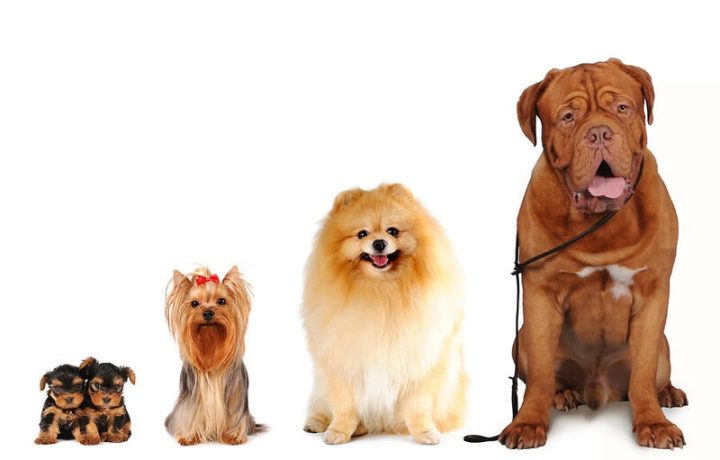
Quick Guide — Decoding the Meaning Behind the Look
| Type of Stare | Body Language | Likely Meaning |
|---|---|---|
| Warm stare + relaxed body | Loose mouth, wagging tail | Affection or bonding |
| Focused stare + object nearby | Sitting, pawing, alert ears | Requesting something |
| Alert stare during new event | Ears up, watching your face | Seeking guidance |
| Stiff stare + stress signals | Tense posture, lip-licking | Anxiety or guarding |
| Blank, fixed stare + confusion | Wobbling, off balance | Possible medical issue |
Training Tip — Teach “Polite Attention”
If you’d rather not deal with constant begging stares, channel that focus into training. Teach your dog to “look” on cue — reward short glances (5 seconds → treat) and gradually build duration.
You can also teach commands like “settle” or “off” for calm behavior. Over time, your dog learns that polite eye contact earns rewards, while pushy staring doesn’t.
Bottom Line
When your dog locks eyes with you, they’re communicating — not challenging you. Their gaze may express love, curiosity, trust, or even discomfort. The key is to look at the whole picture: posture, tail, ears, and the situation.
Most of the time, that long look means your dog adores you and wants connection. Other times, it’s a signal that they need something — attention, comfort, or medical care.
Respond with calm energy, consistent training, and empathy. Your dog is speaking the only way they know how — and when you truly listen, that gaze becomes one of the most beautiful parts of your bond. 🐾❤️
News in the same category


Trump Gets His Wish as Coca Cola Launches Cane Sugar Version
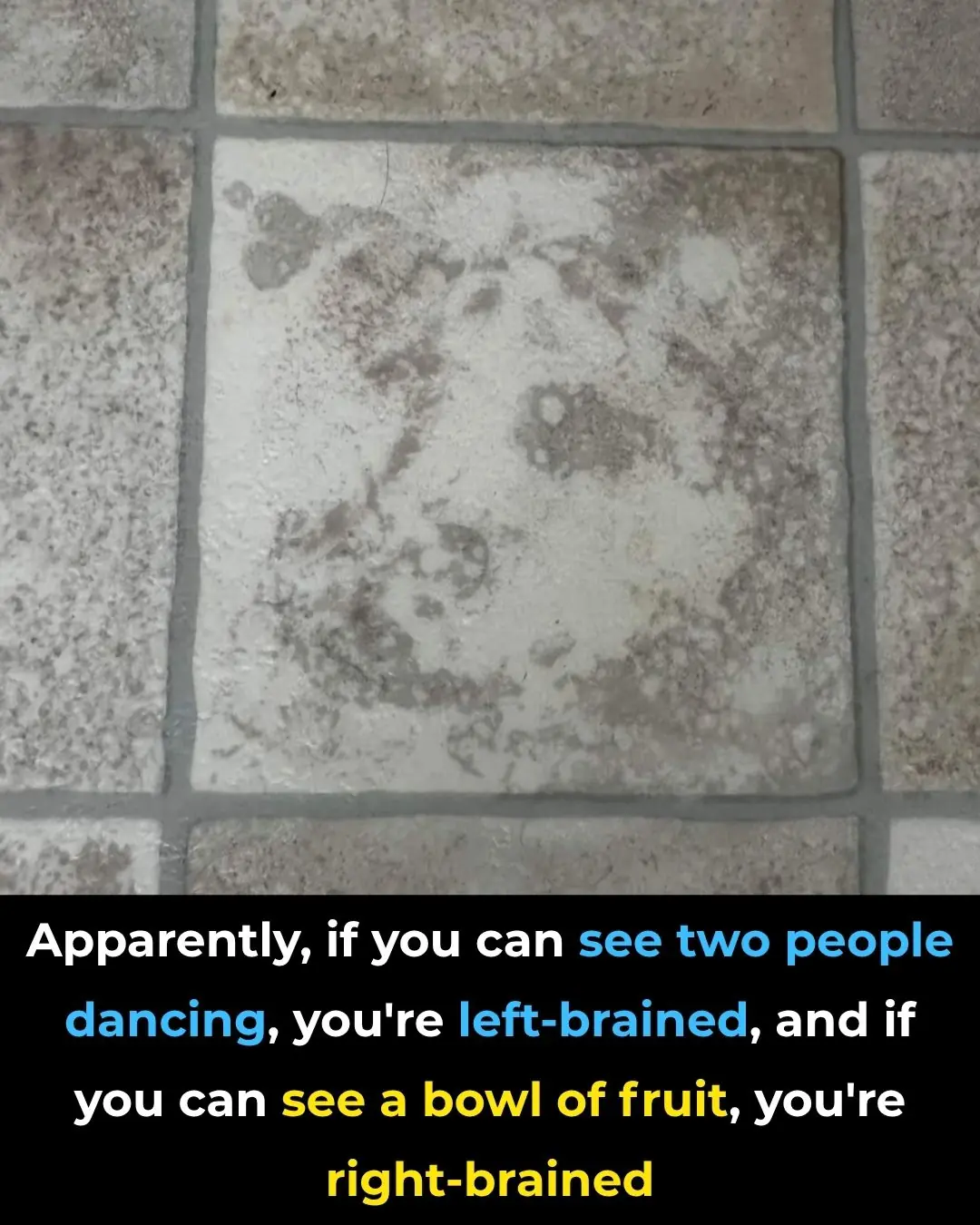
Why Do We Perceive Faces in Ordinary Objects?
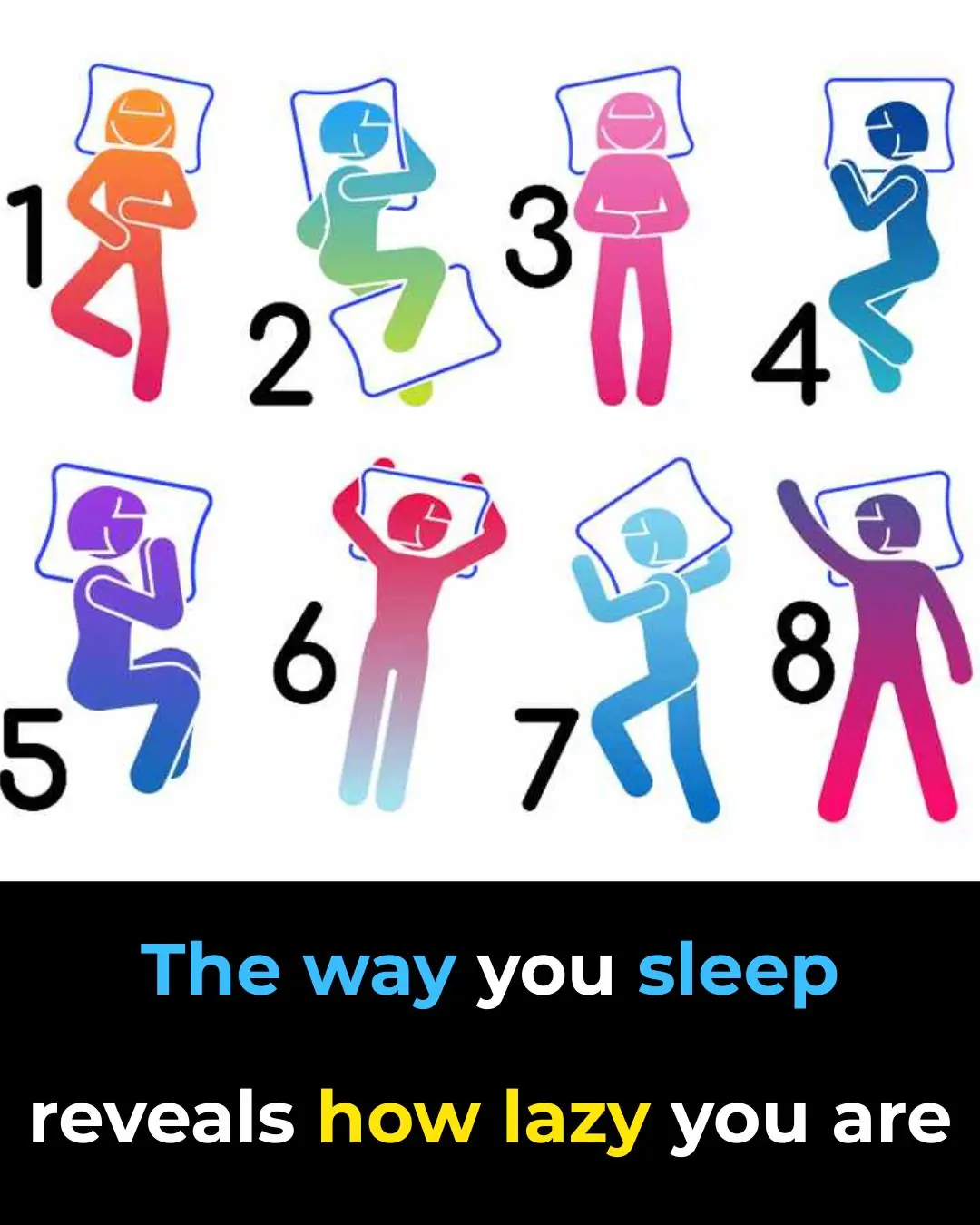
How Your Sleep Position Reveals If You’re Lazy

7 Clever DIY Uses for Used Teabags That Will Make You Think Twice Before Tossing Them
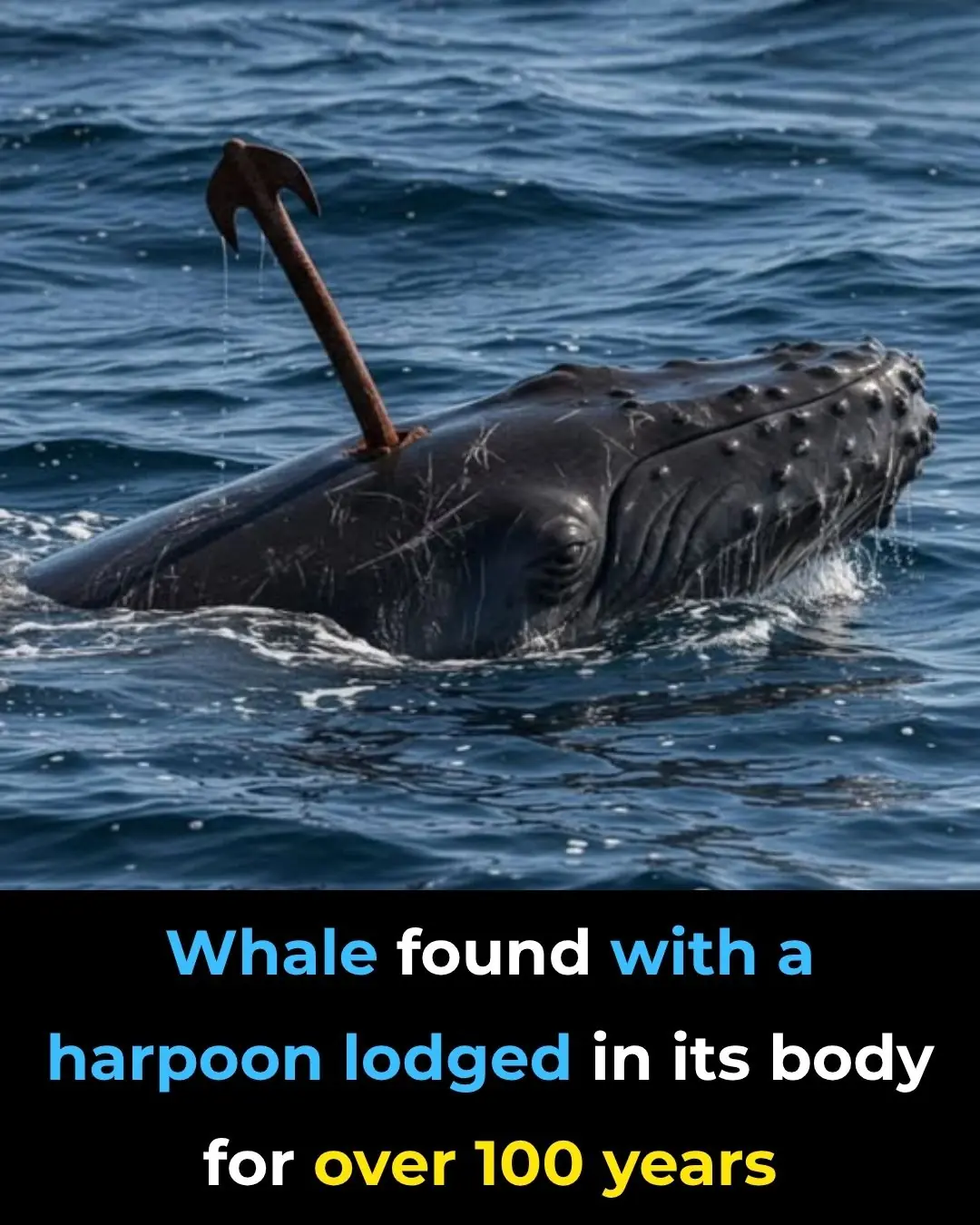
The Whale That Carried History In Its Neck For Over 100 Years
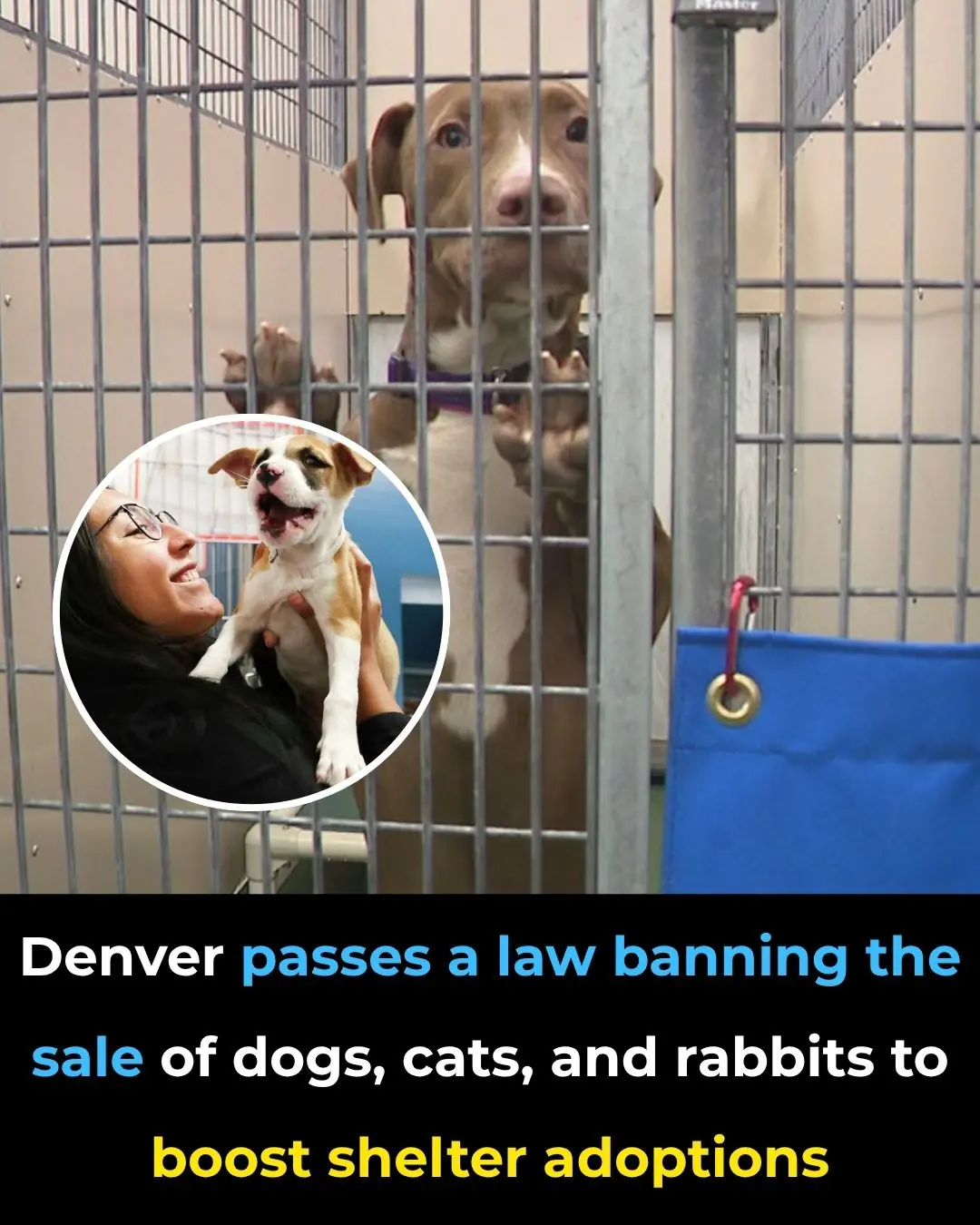
Denver Bans the Sale of Dogs, Cats, and Rabbits, Paving the Way for More Shelter Adoptions
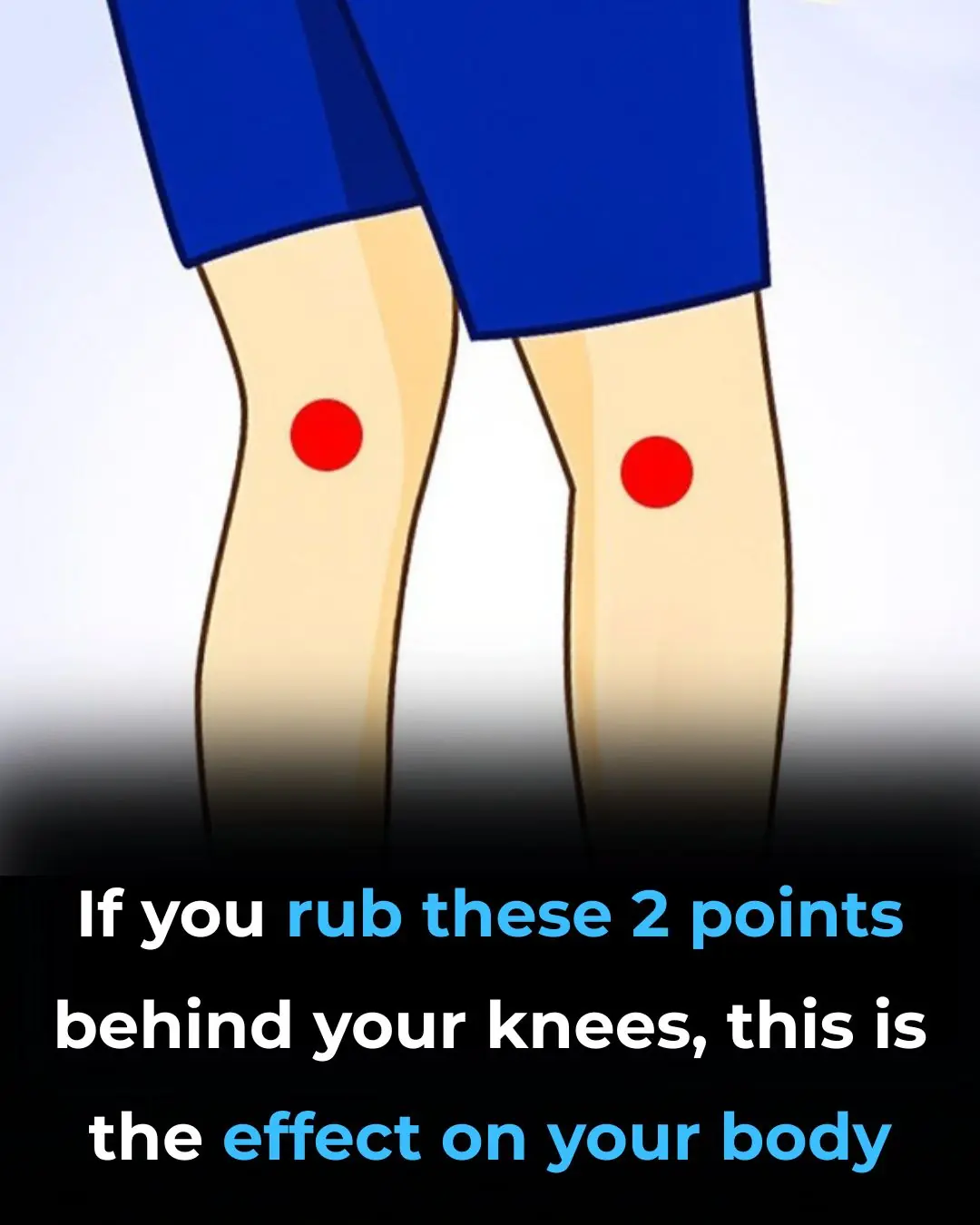
If you rub these 2 points behind your knees, this is the effect on your body
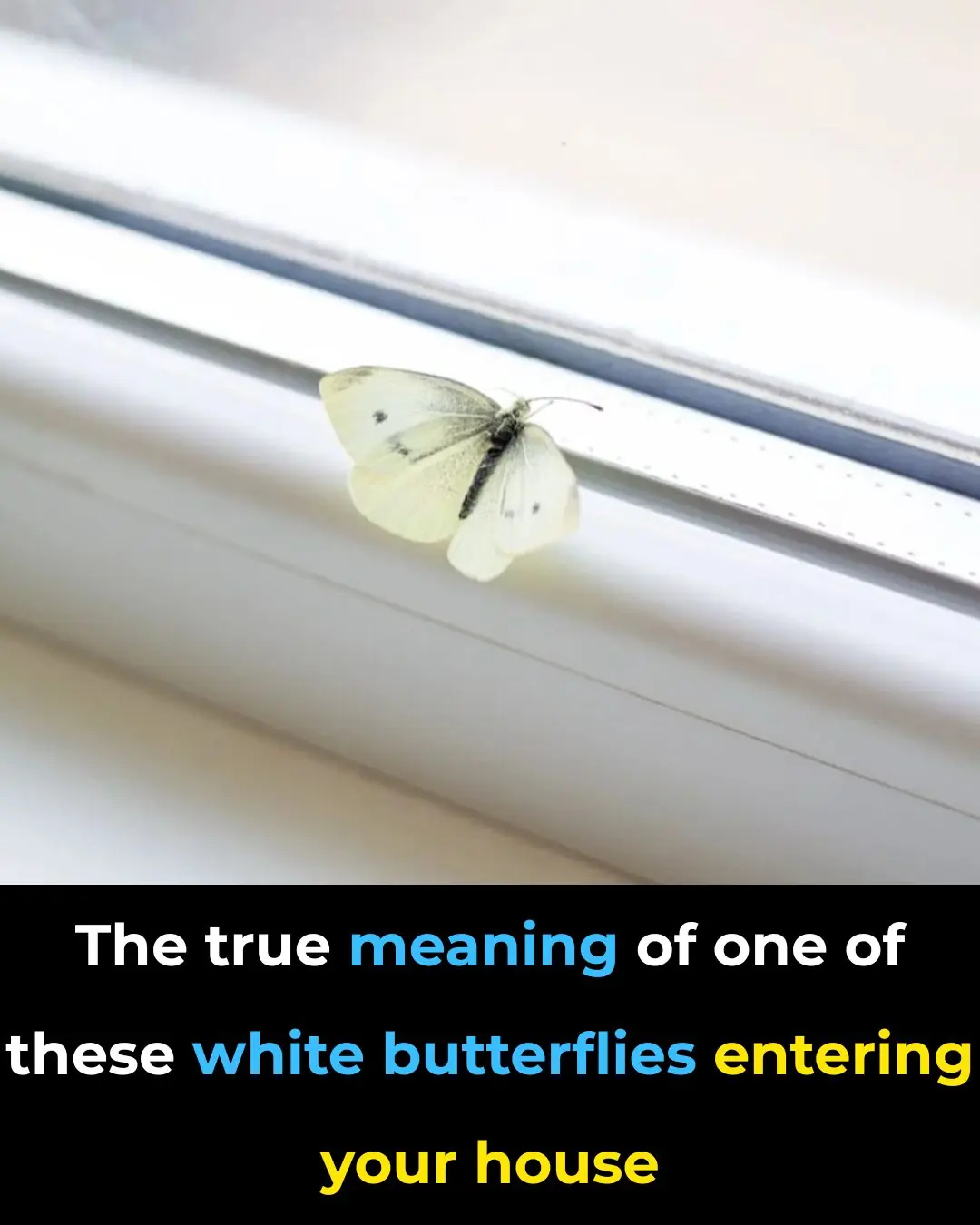
Its true meaning you probably don't know
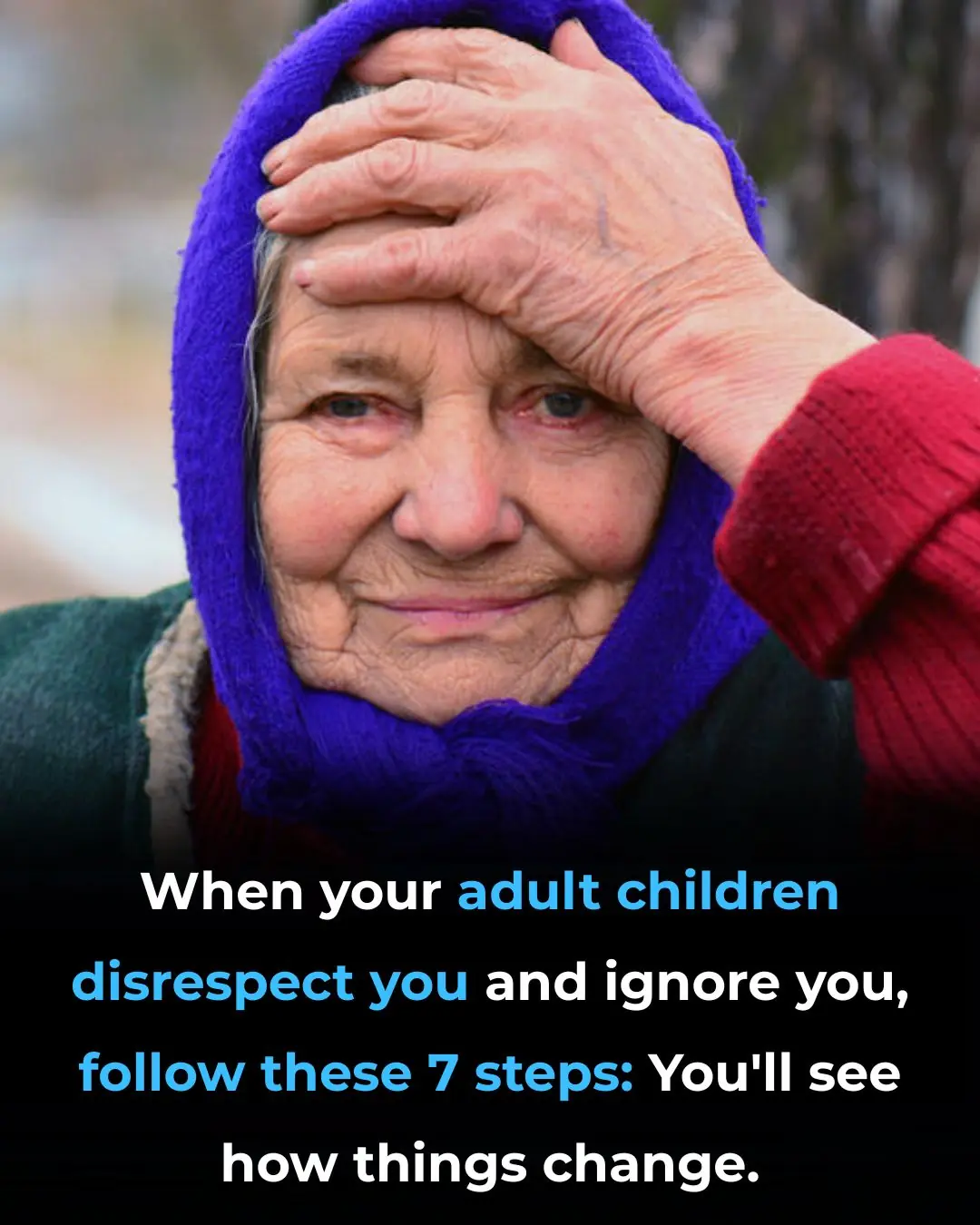
Steps to Take When Your Adult Children No Longer Show Respect
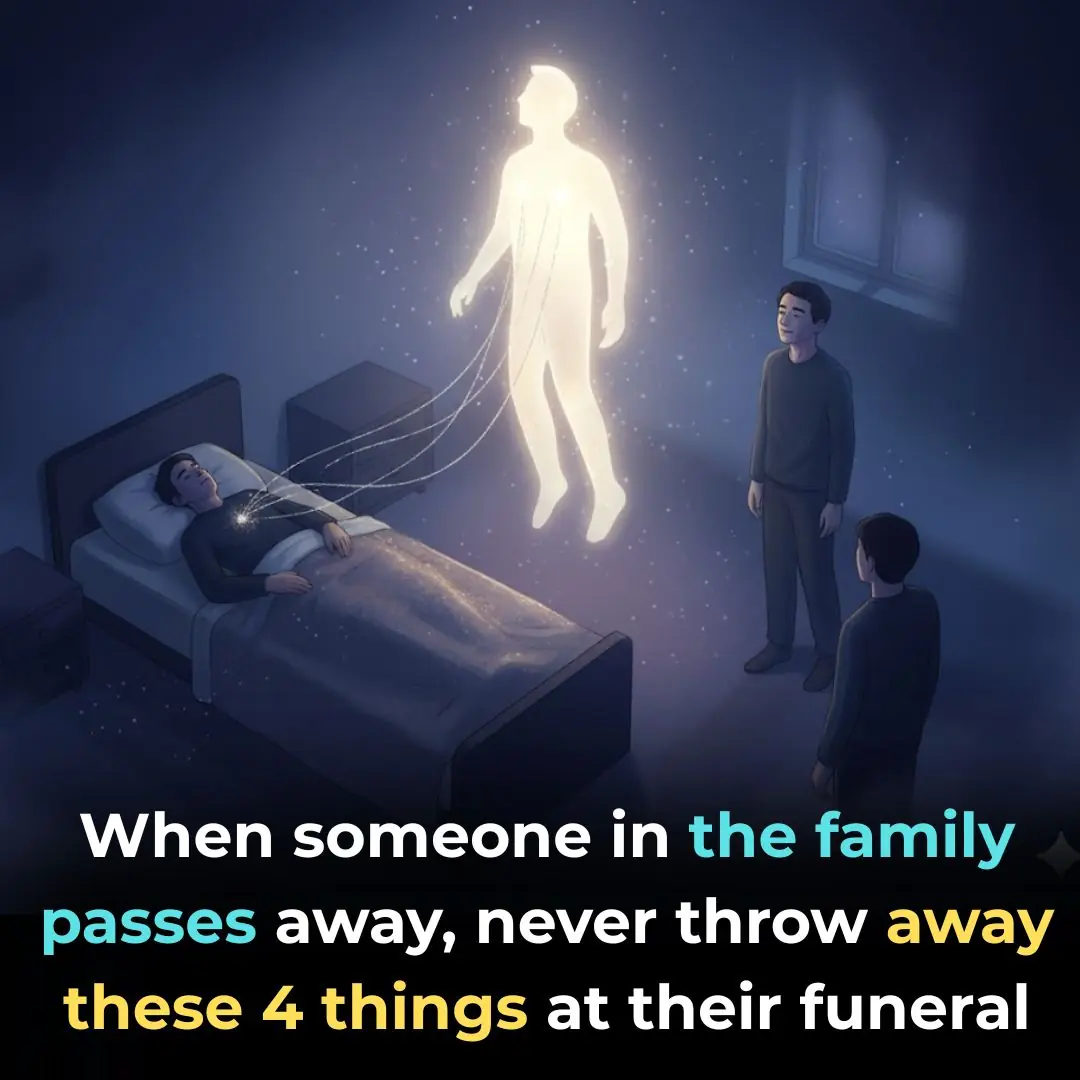
Never Throw Away These 4 Things at Their Funeral..
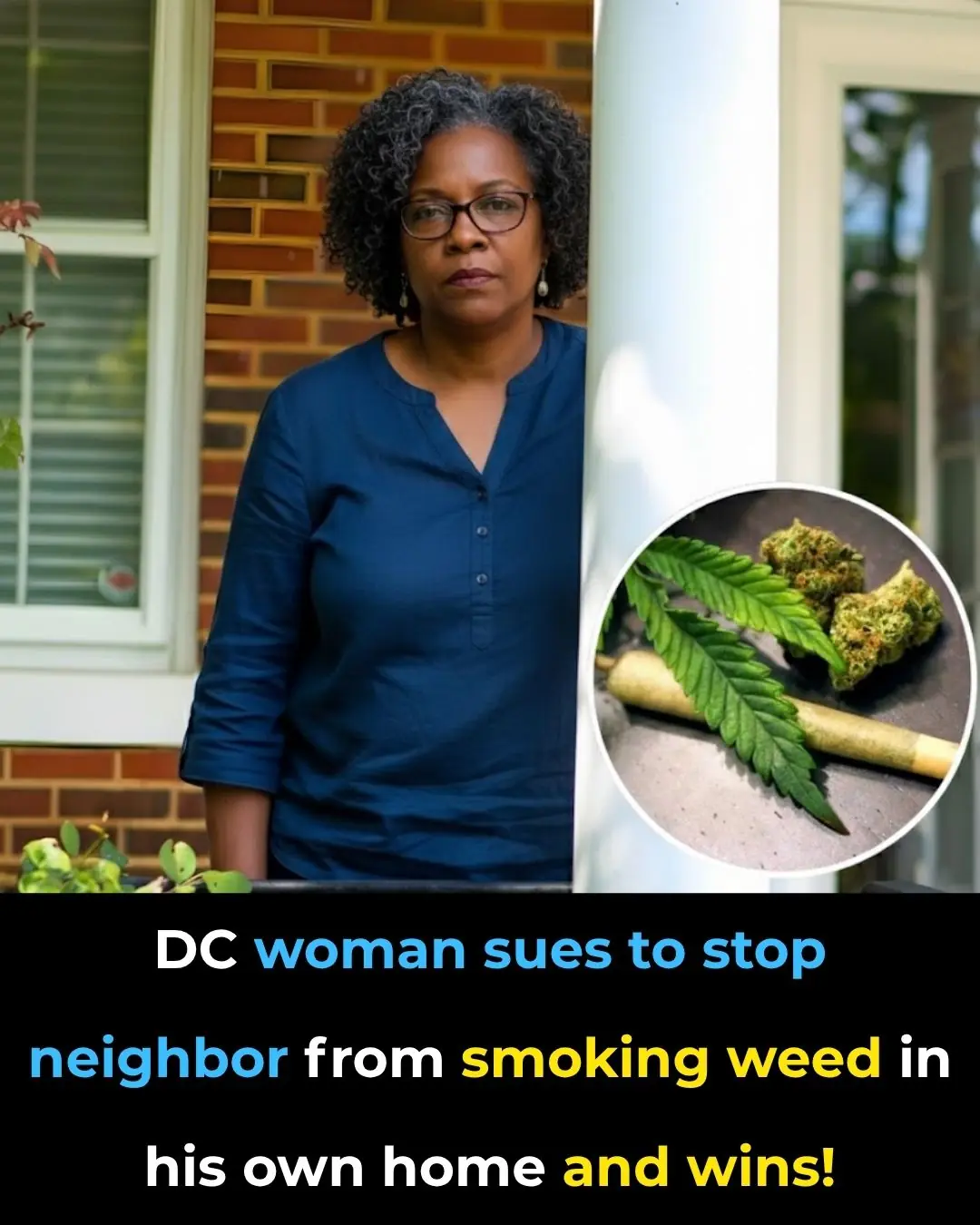
DC Woman Wins Landmark Case After Suing Neighbor Over Overpowering Weed Smell

Bill Gates–Backed Beyond Meat Faces Collapse After Massive Stock Drop

According To This Psychologist, A Dirty Car Can Reveal A Lot About Your Personality
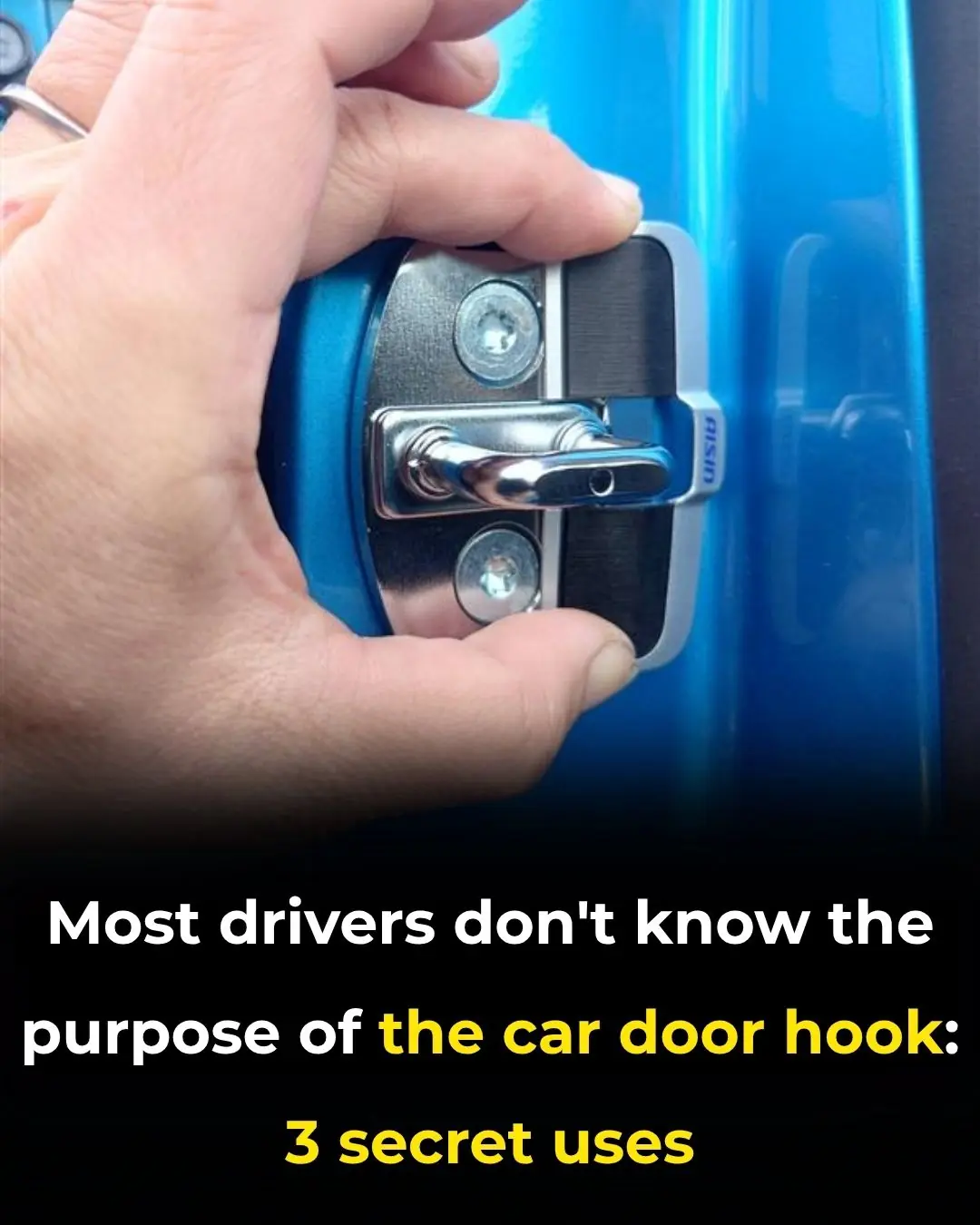
Most drivers don't know the purpose of the car door hook
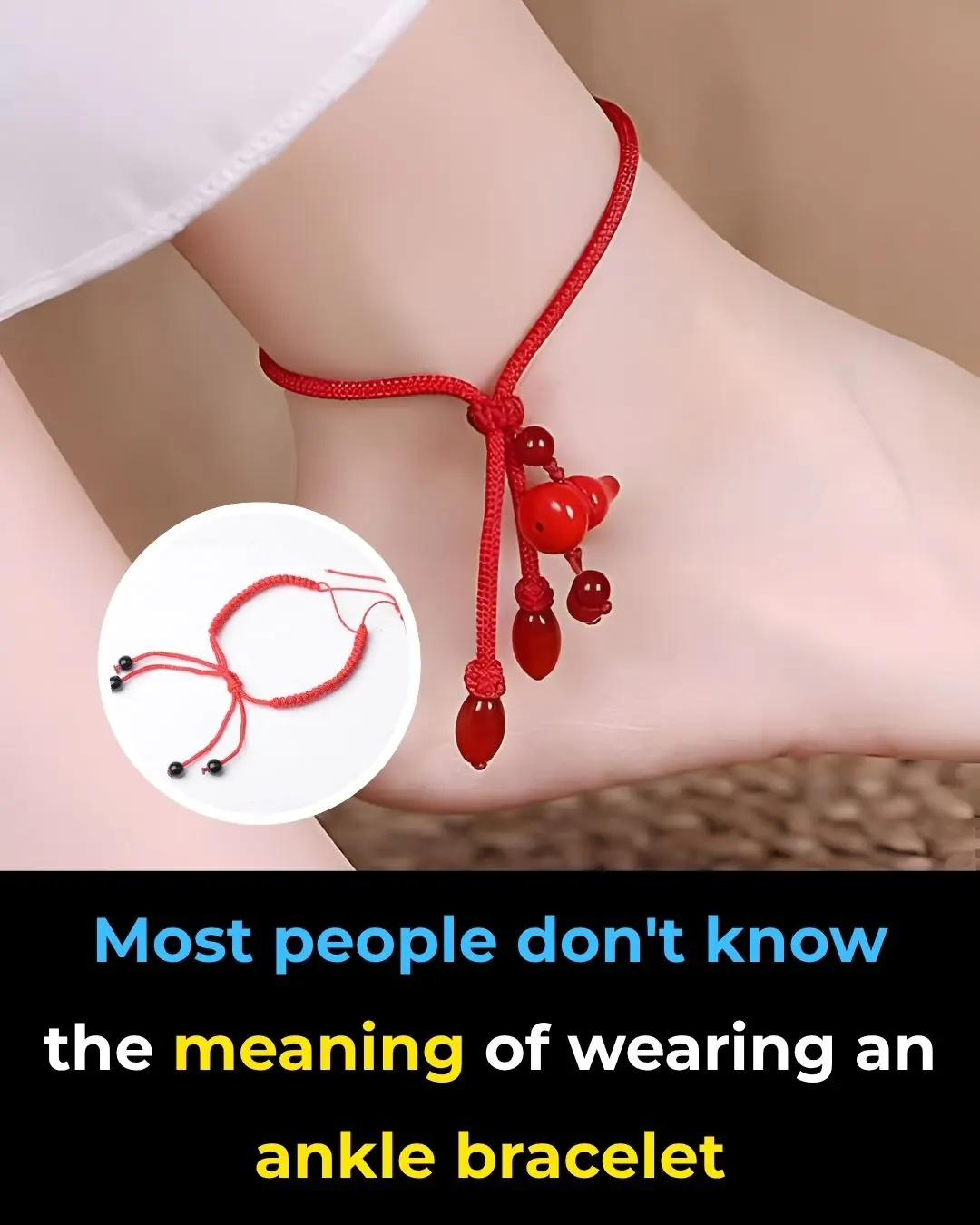
Most people don't know the meaning of wearing an ankle bracelet
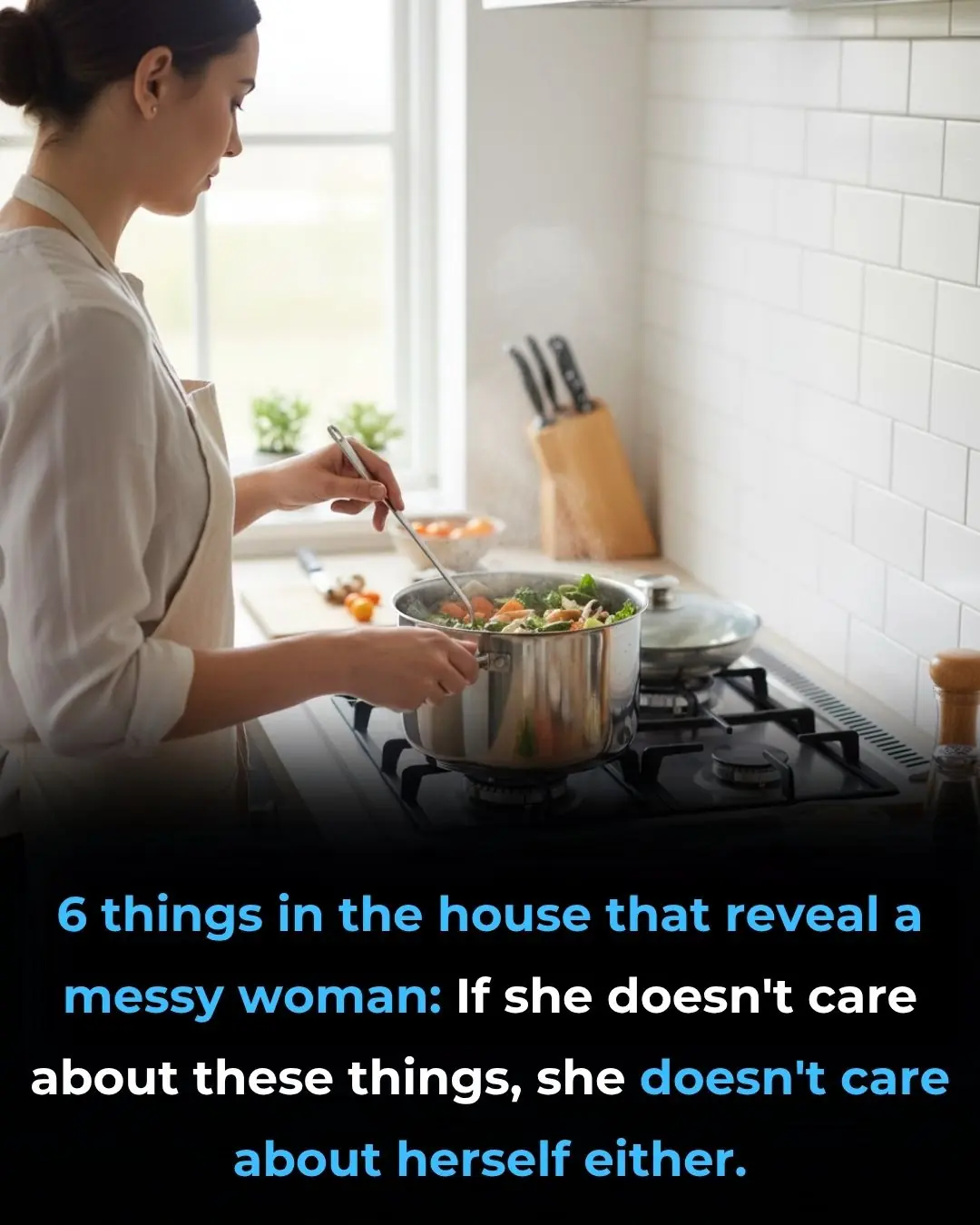
What Clutter and Neglect Might Be Saying
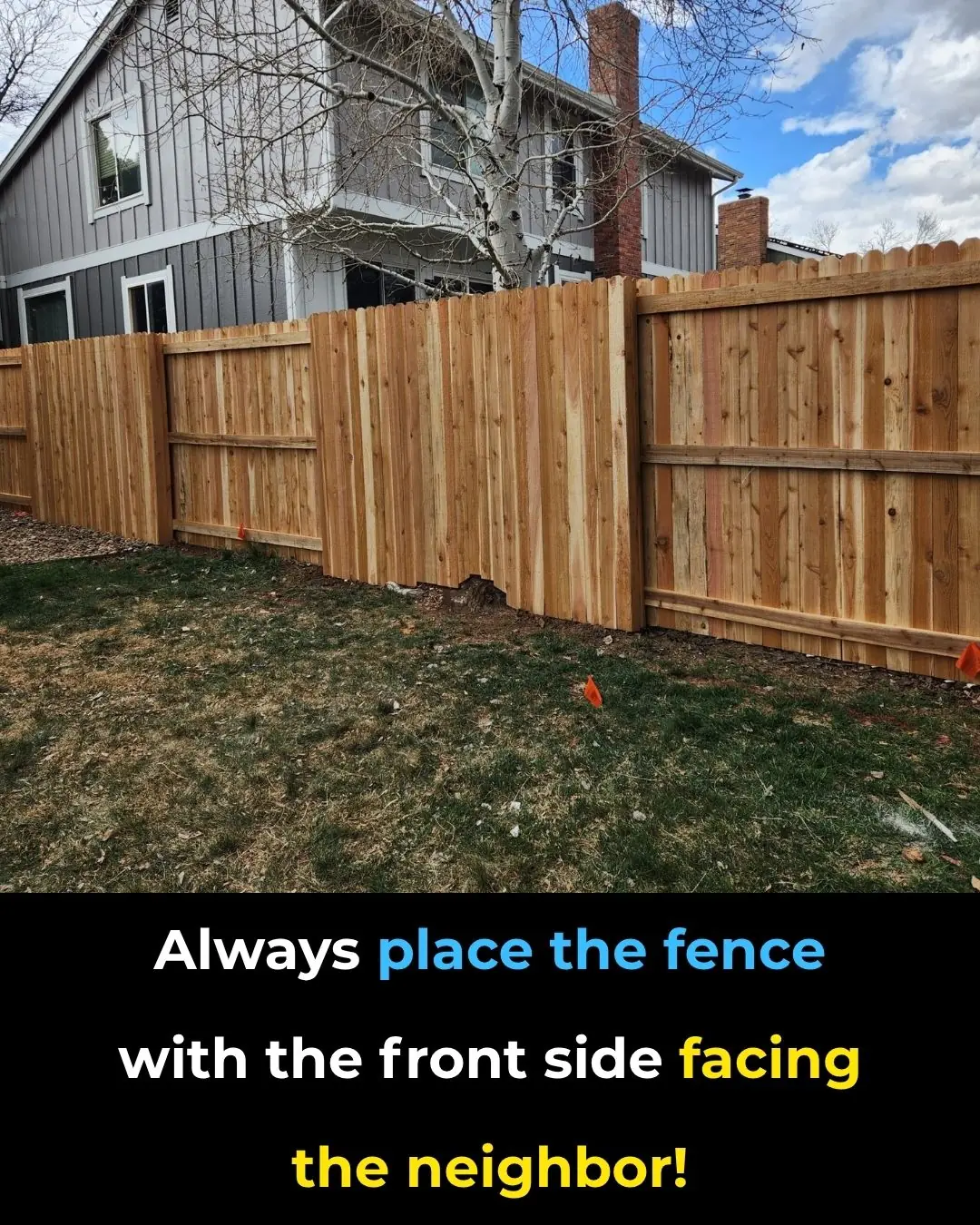
Why the “Good Side” of Your Fence Should Face Your Neighbor
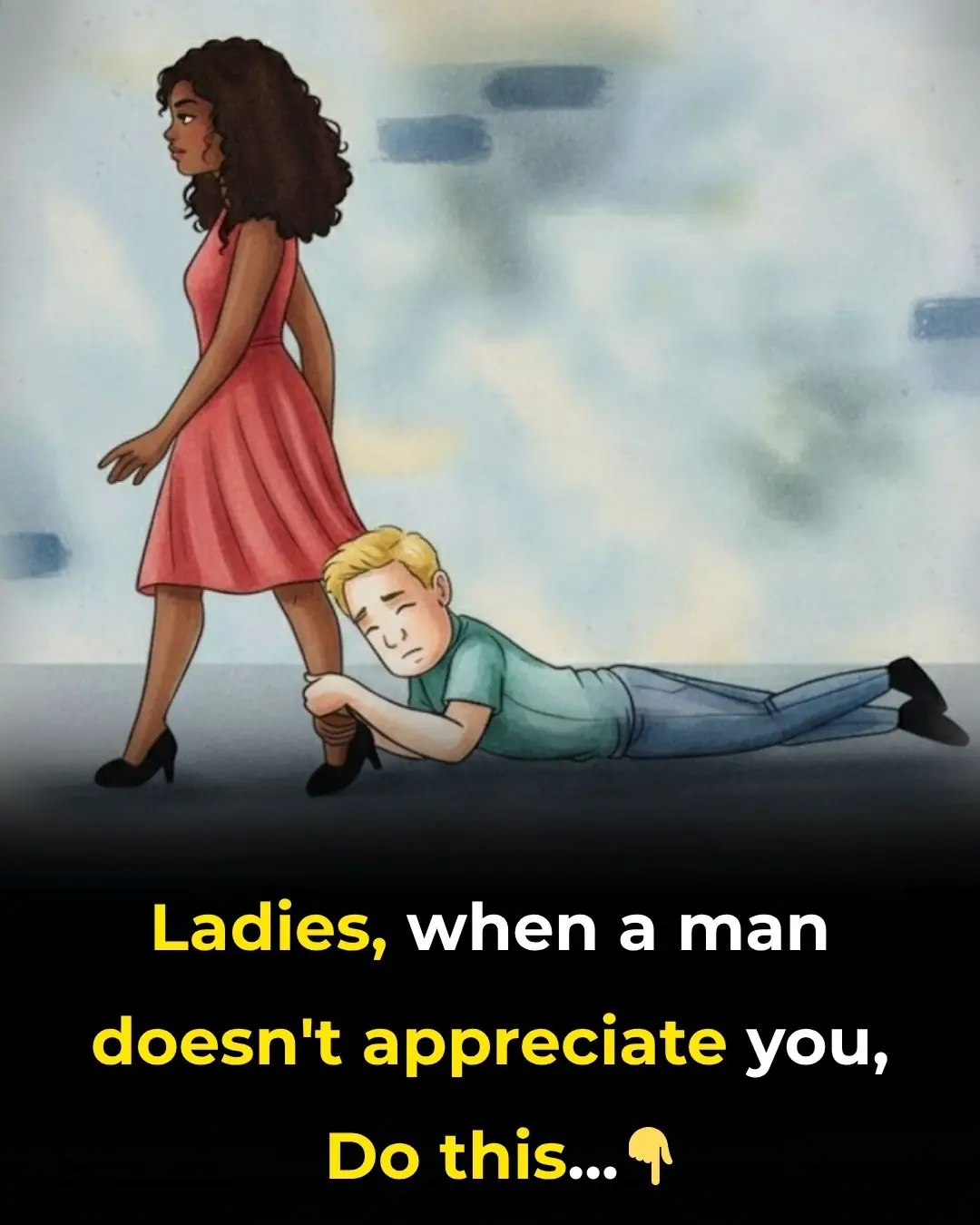
If a Man Doesn’t Appreciate You, Here’s What You Should Do
News Post
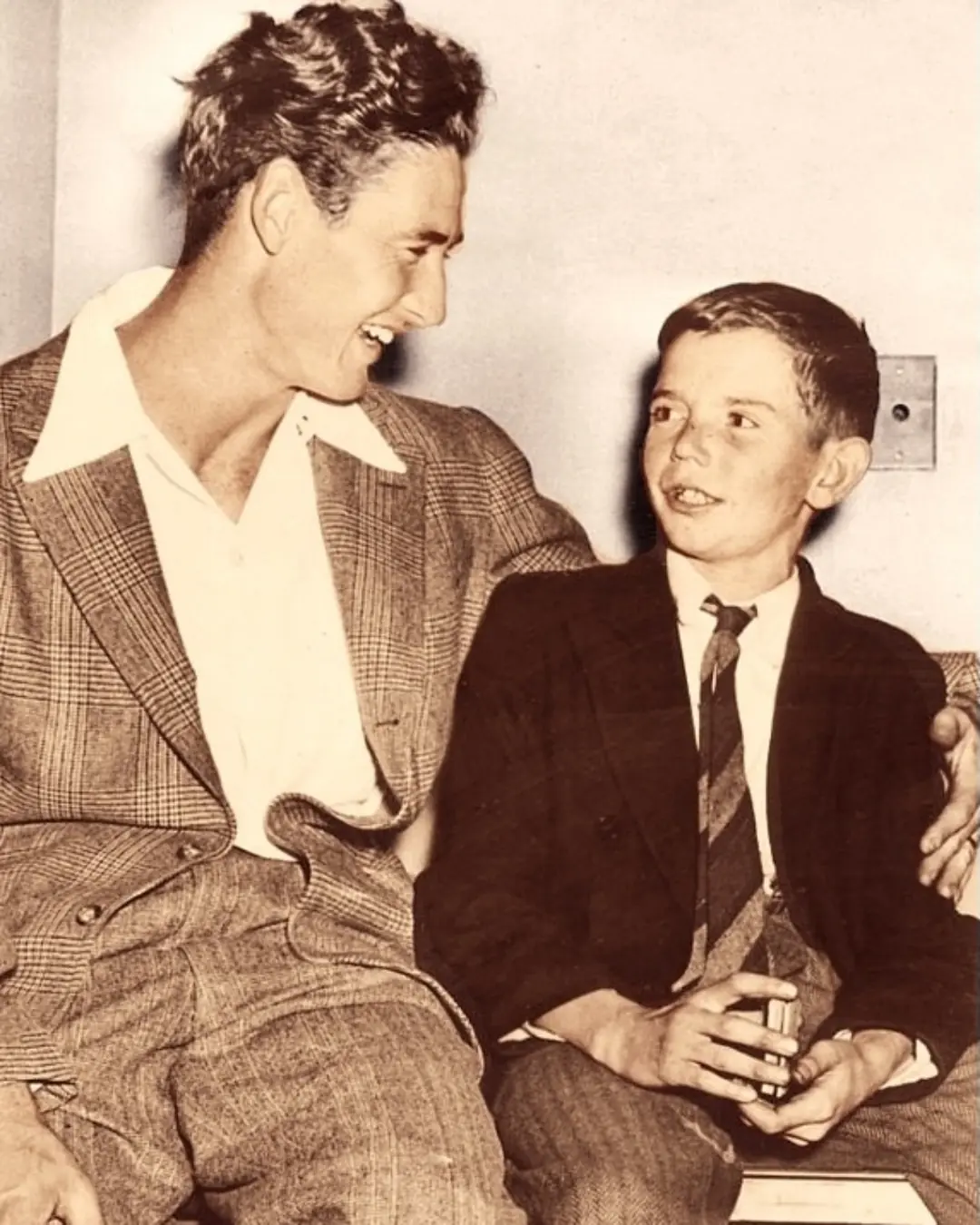
The Boy Who Hitchhiked 250 Miles to Meet His Hero.
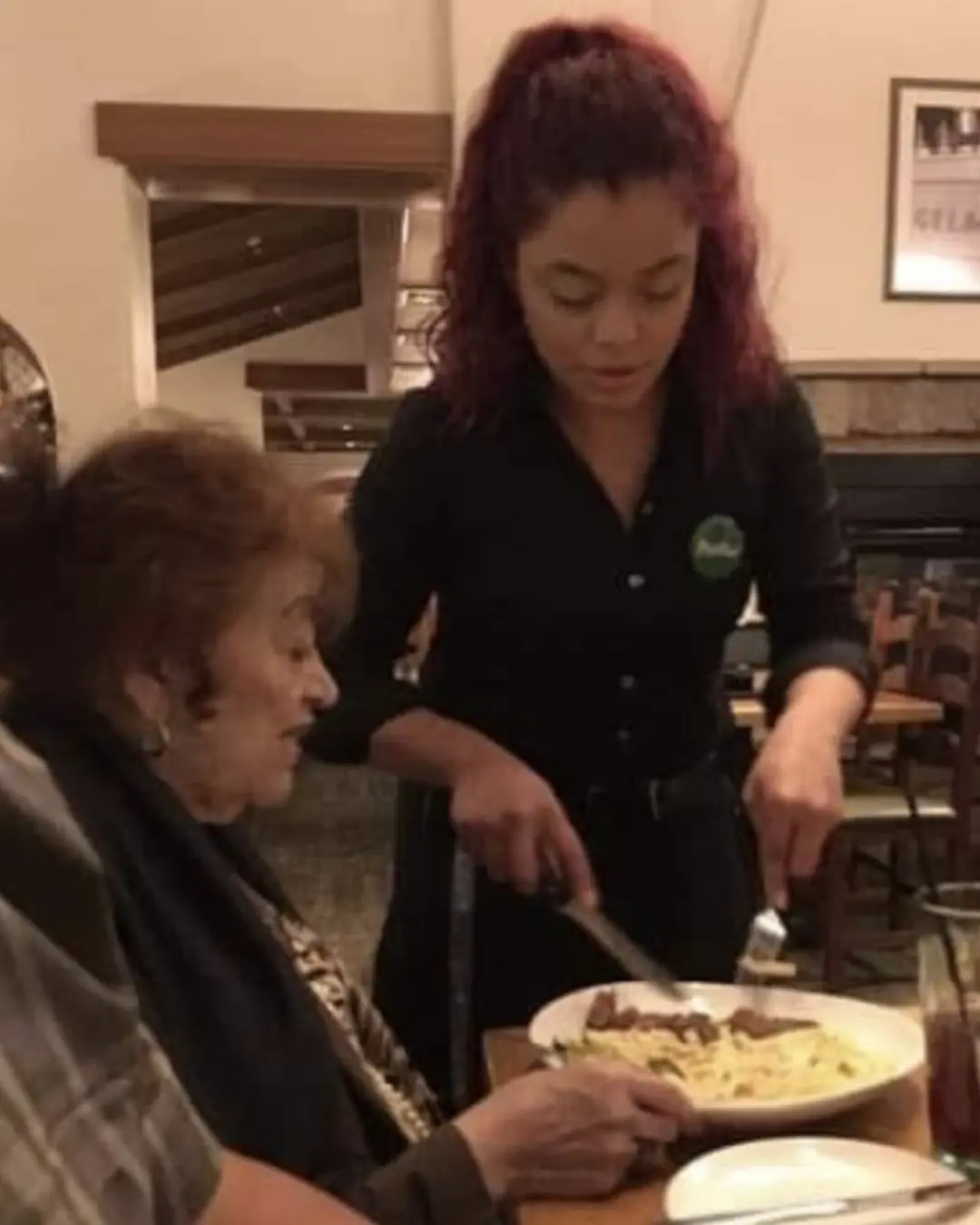
A Waitress Named Susie and the Night Kindness Stole the Spotlight
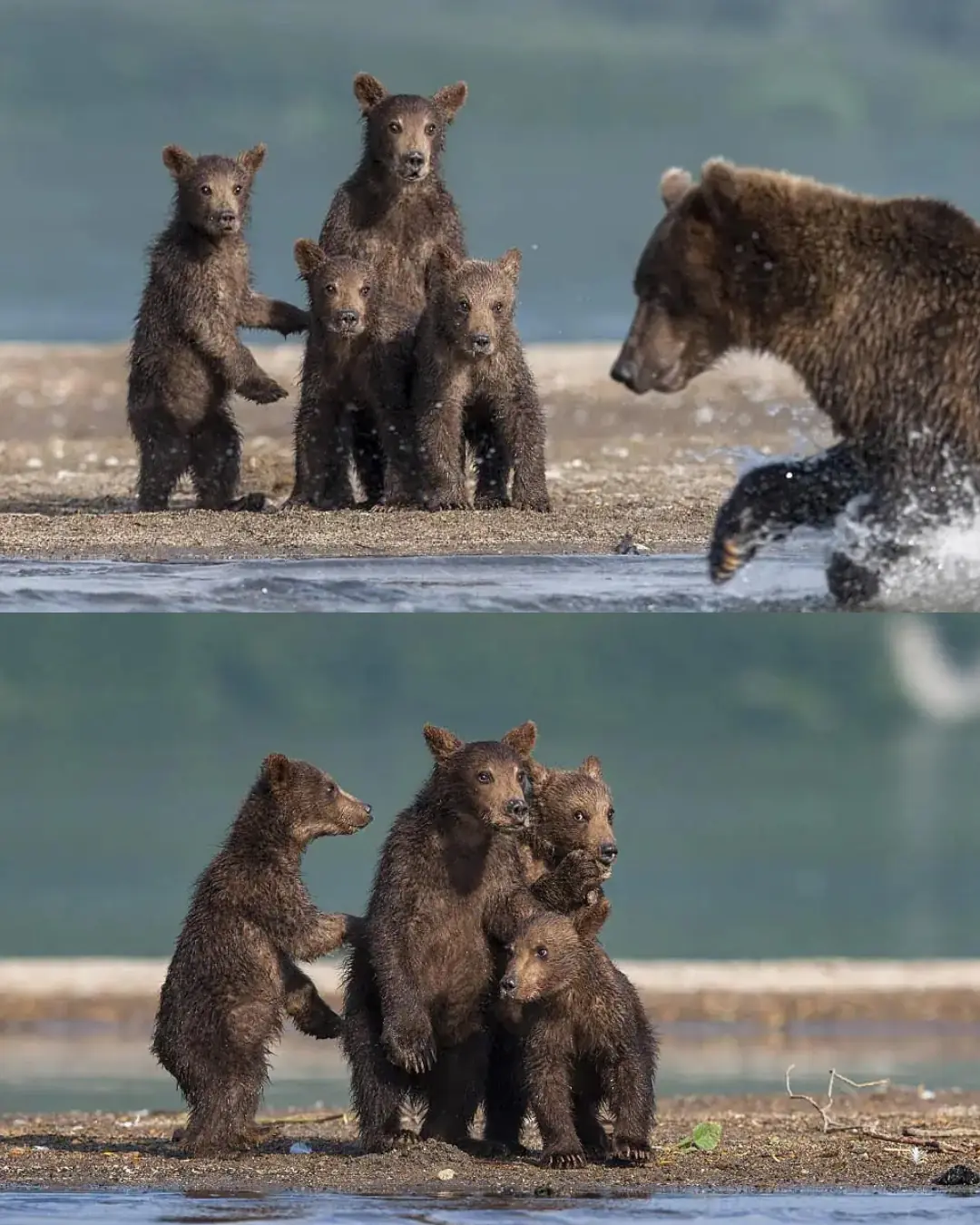
The Lesson by the Lake: A Mother Bear’s Love That Teaches Survival.
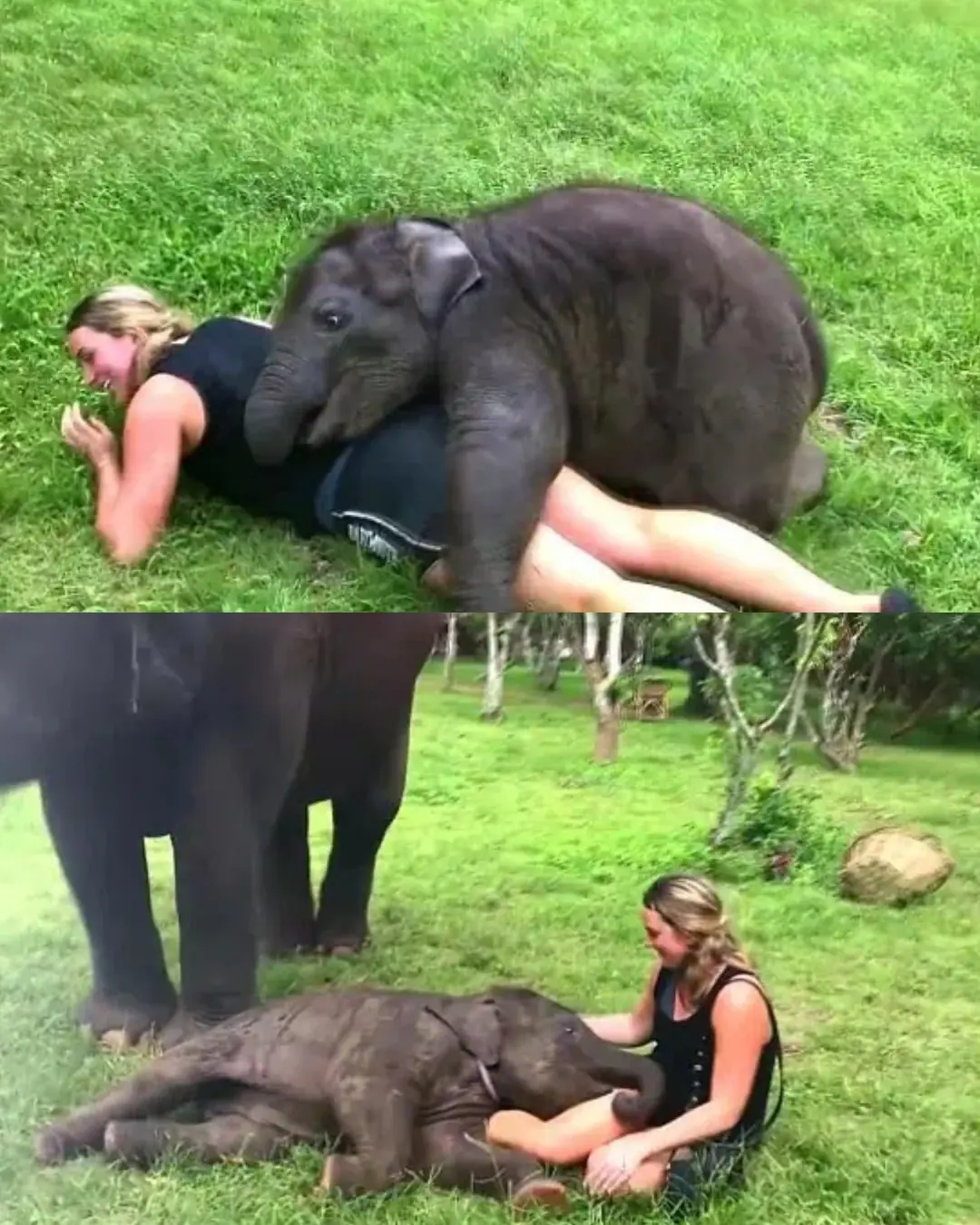
A Moment of Joy: How a Playful Baby Elephant Stole Everyone’s Heart
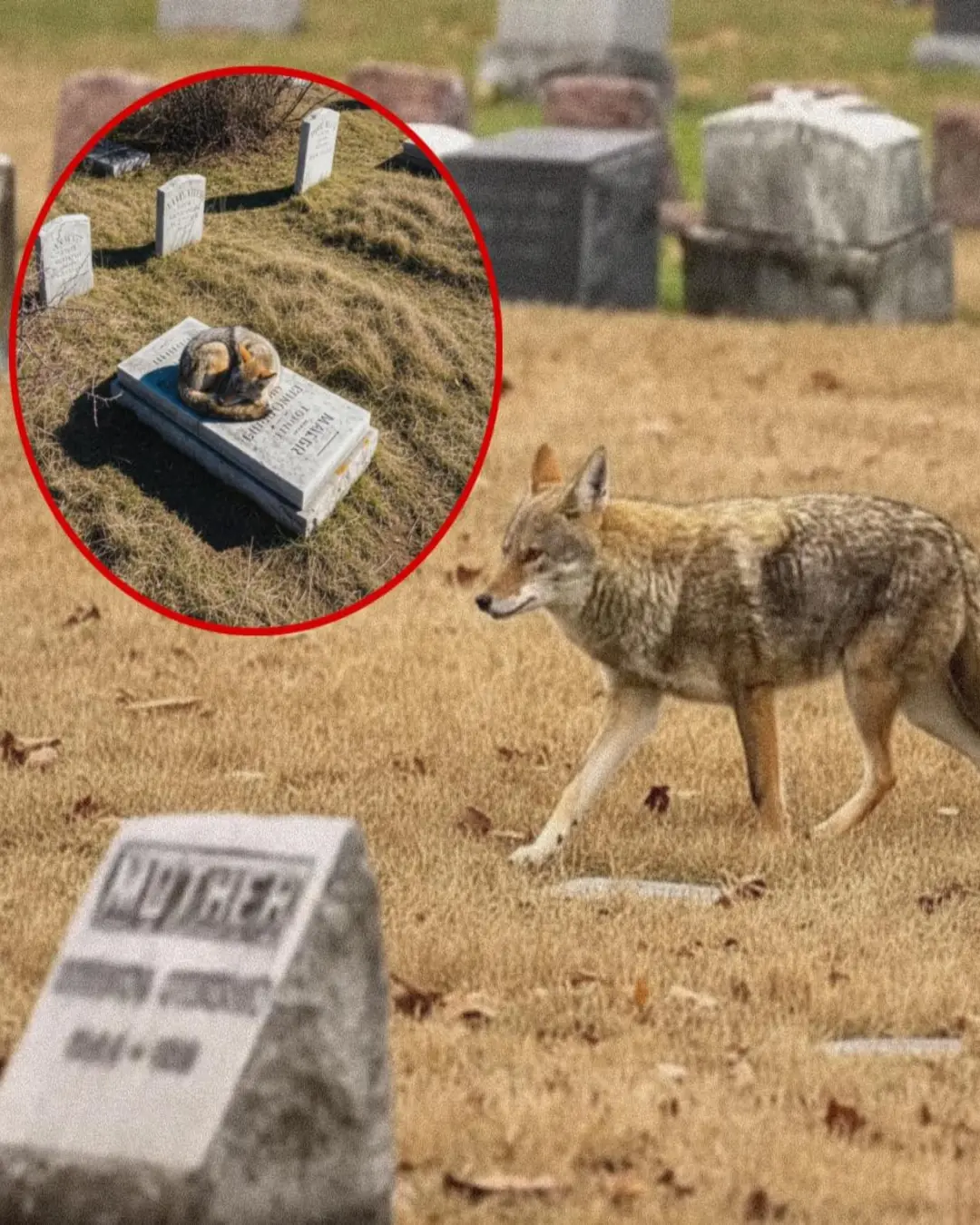
The Coyote at the Grave: A Bond That Survived Fire and Time
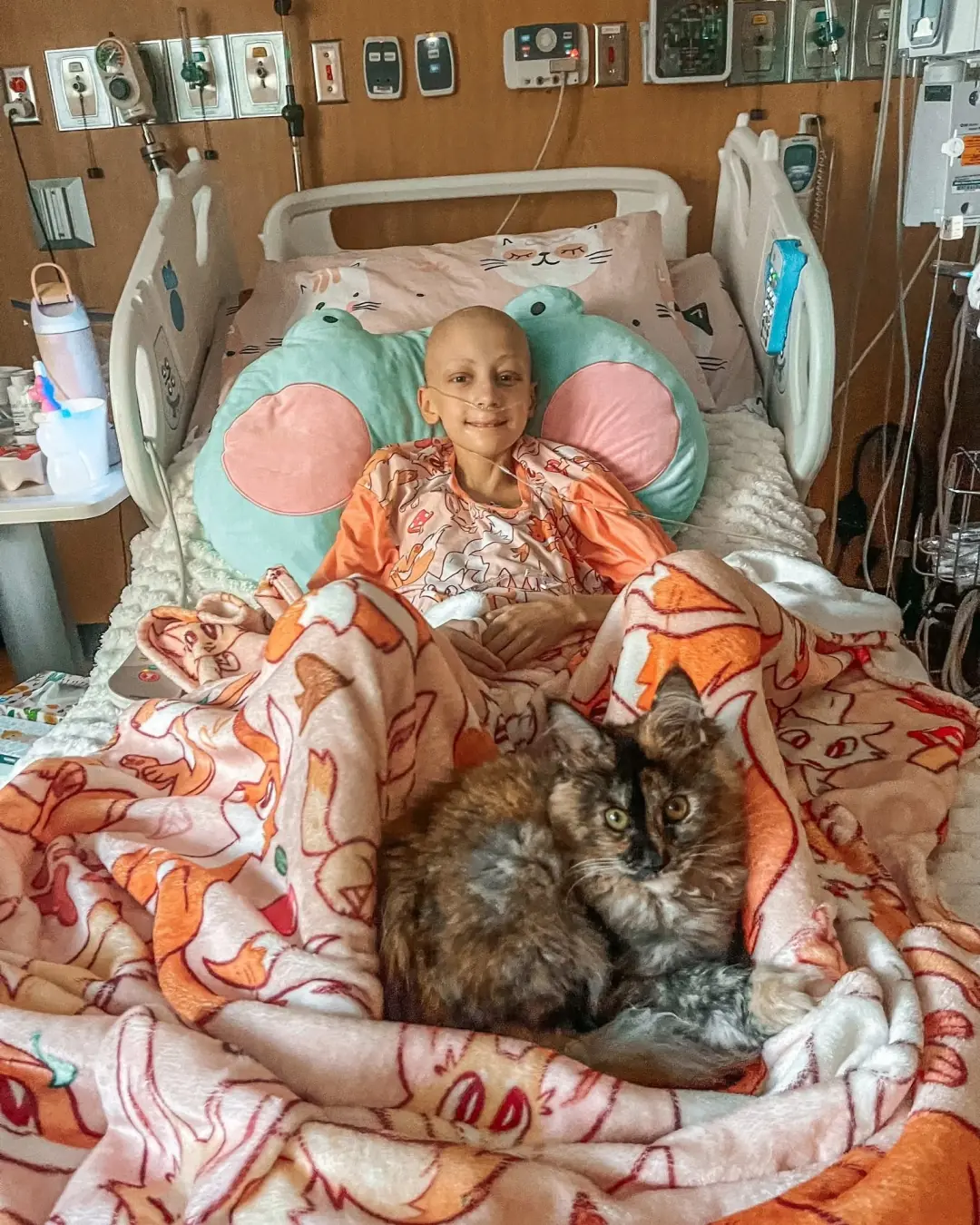
Sasha’s New Chance: A Journey of Courage, Pain, and Hope
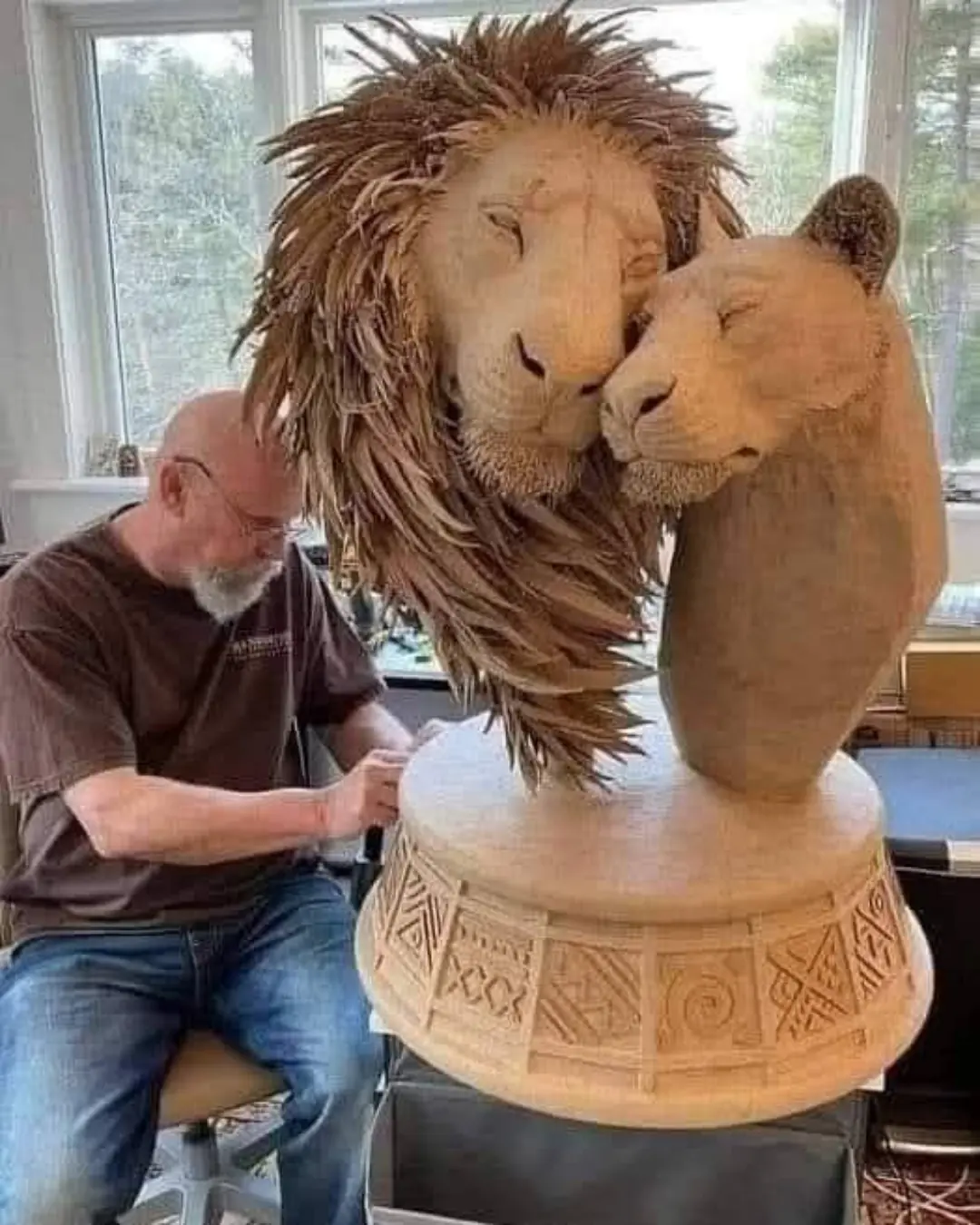
Devotion: The Lions Made of Love and Cardboard.
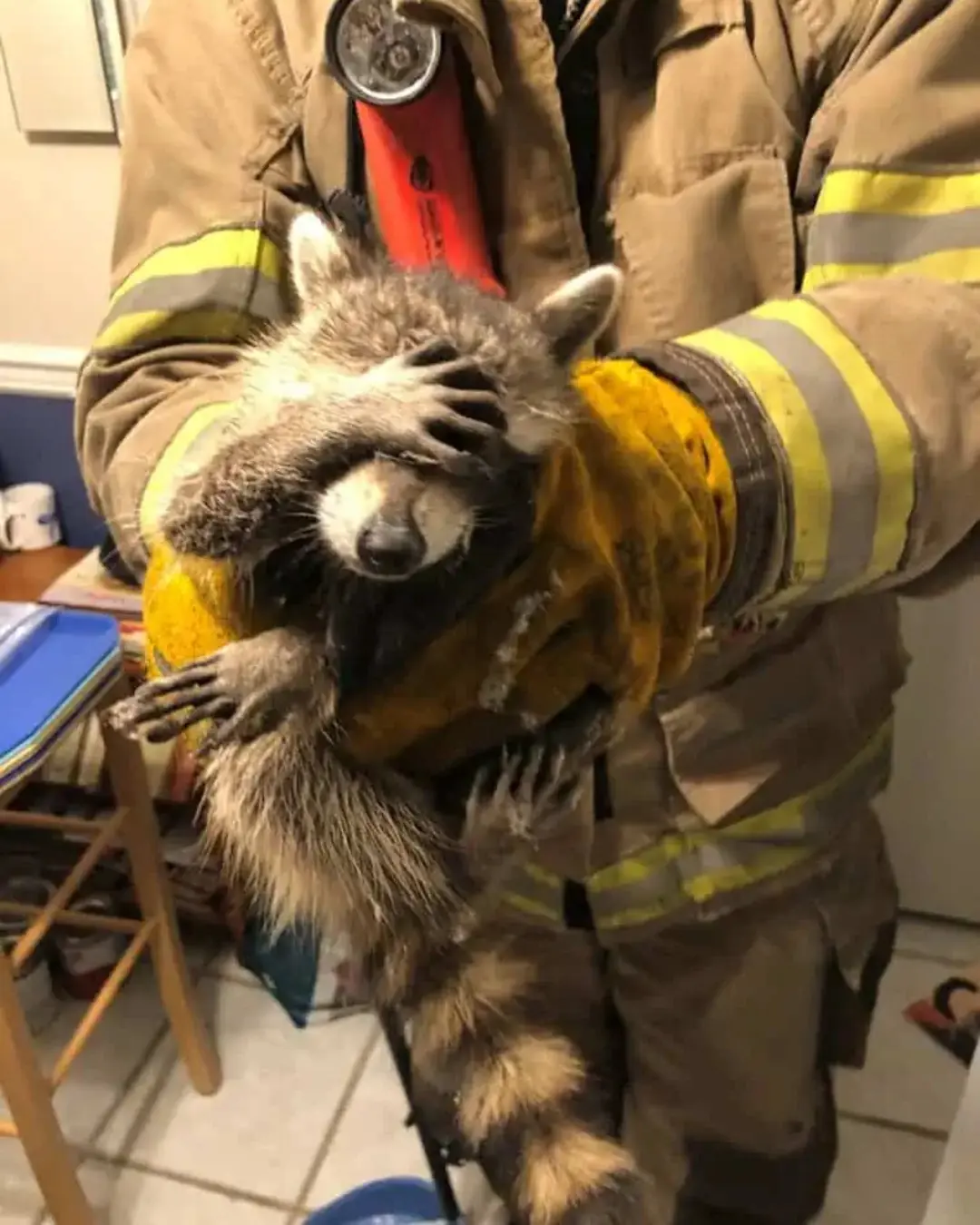
The “Guilty” Raccoon Who Stole Hearts Instead of Snacks.
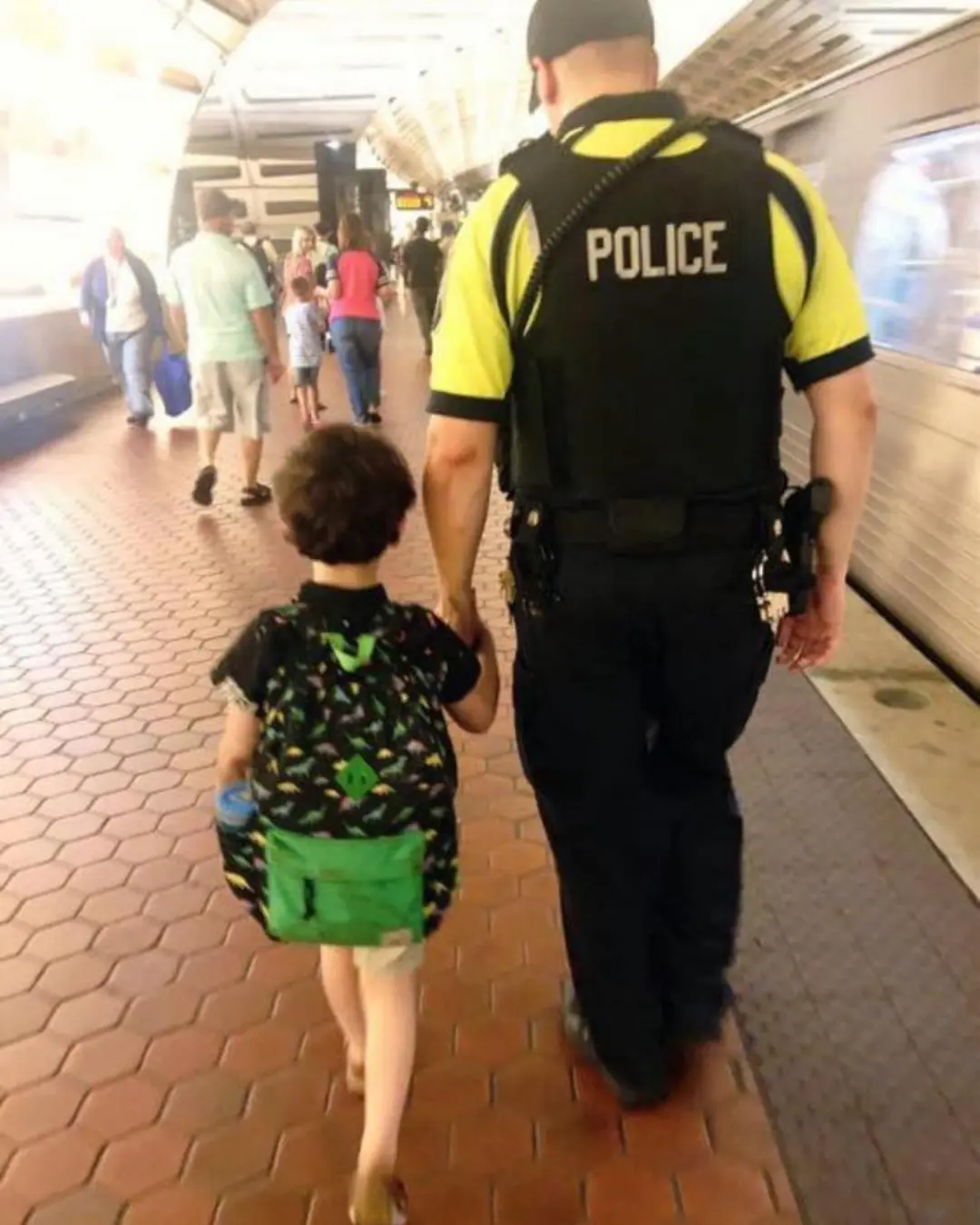
A Metro Ride, a Meltdown, and a Miracle: How One Officer Turned a Child’s Worst Day into a Moment of Kindness the World Will Never Forget.
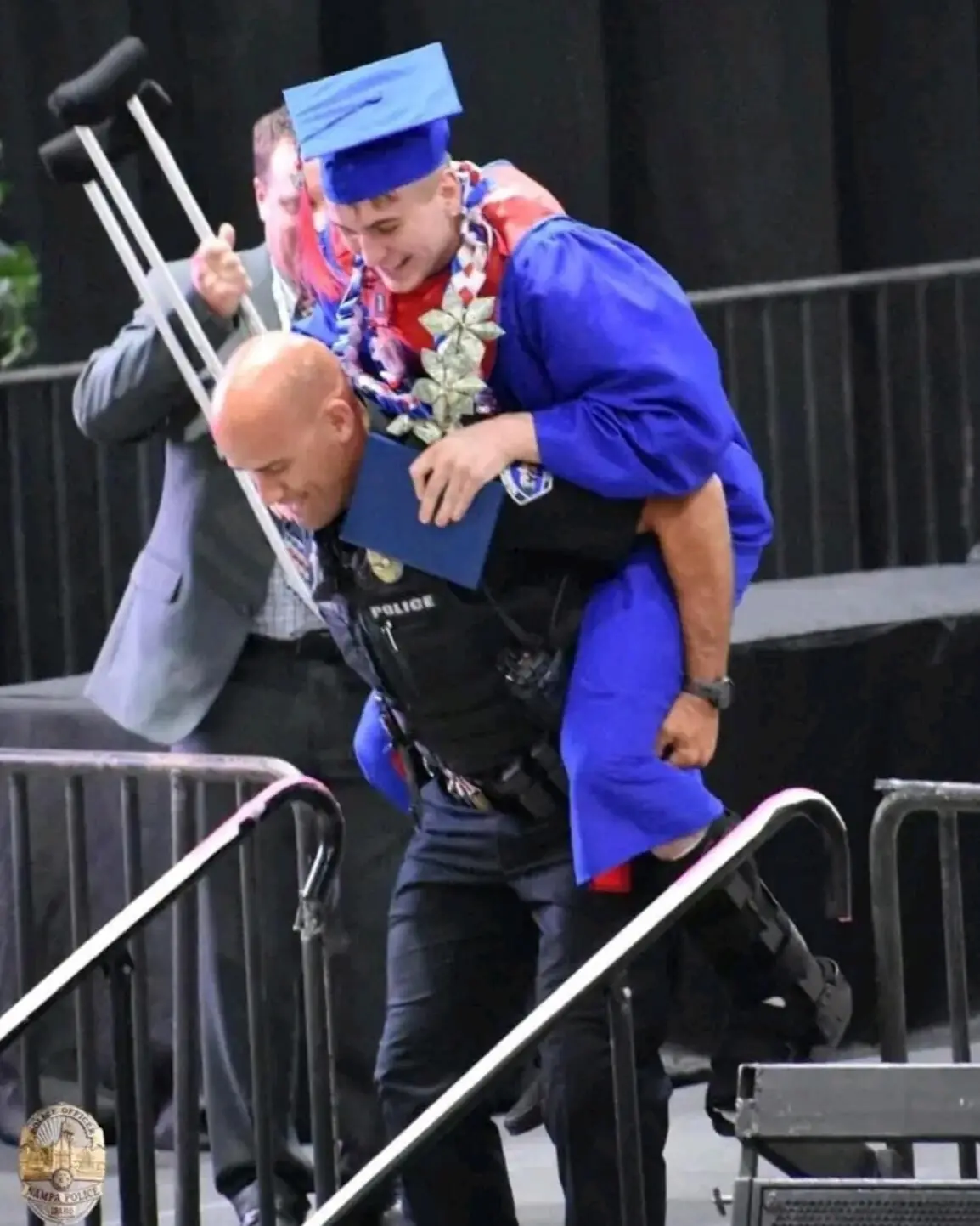
A Graduation to Remember: When a Police Officer Carried a Student Across the Finish Line.
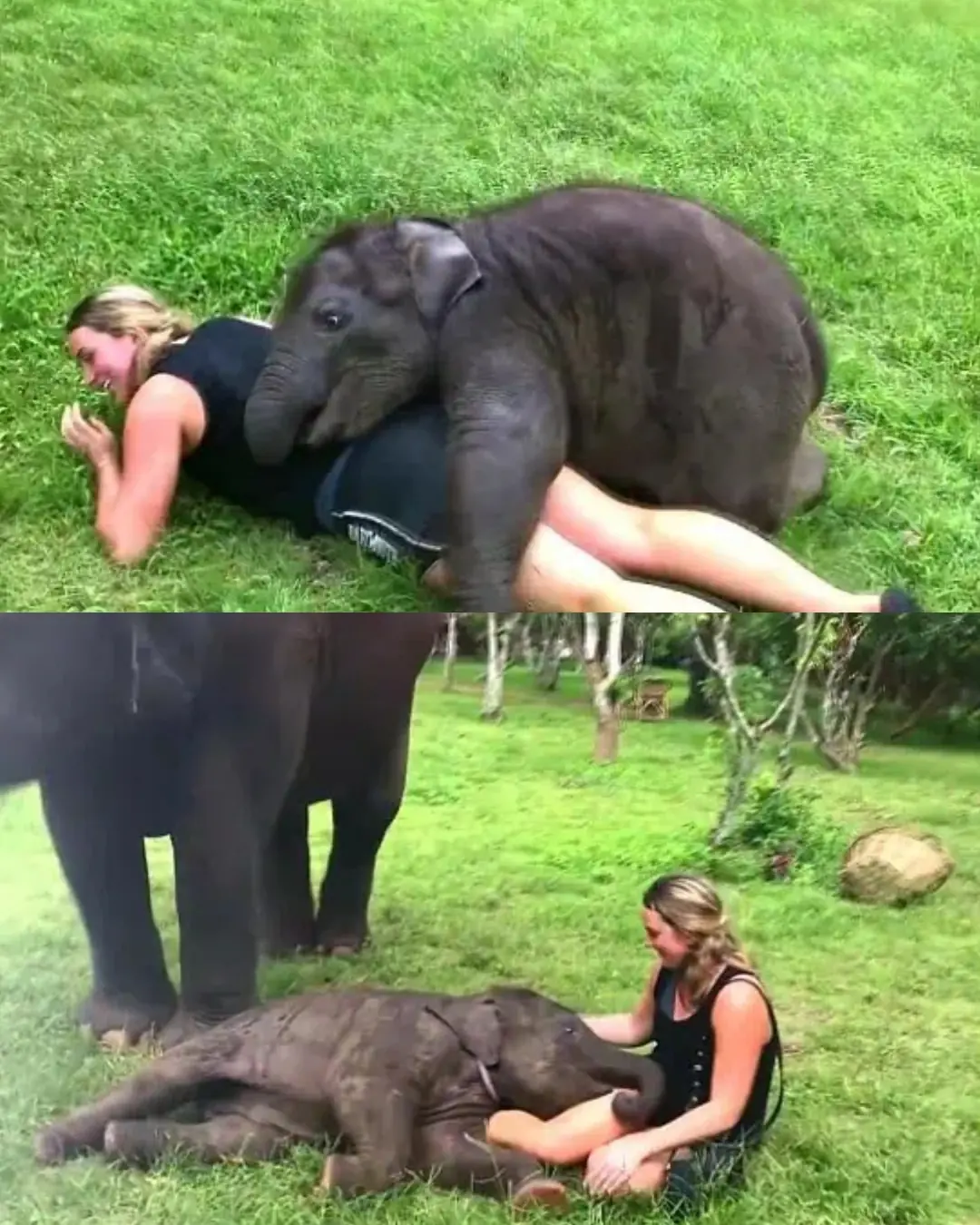
A Moment of Joy: How a Playful Baby Elephant Stole Everyone’s Heart.

Meet Demi Johnson, the Teen Scientist Helping Restore Oyster Reefs in Mississippi

Holding On for a Miracle: Keontae McKinnon’s Brave Fight
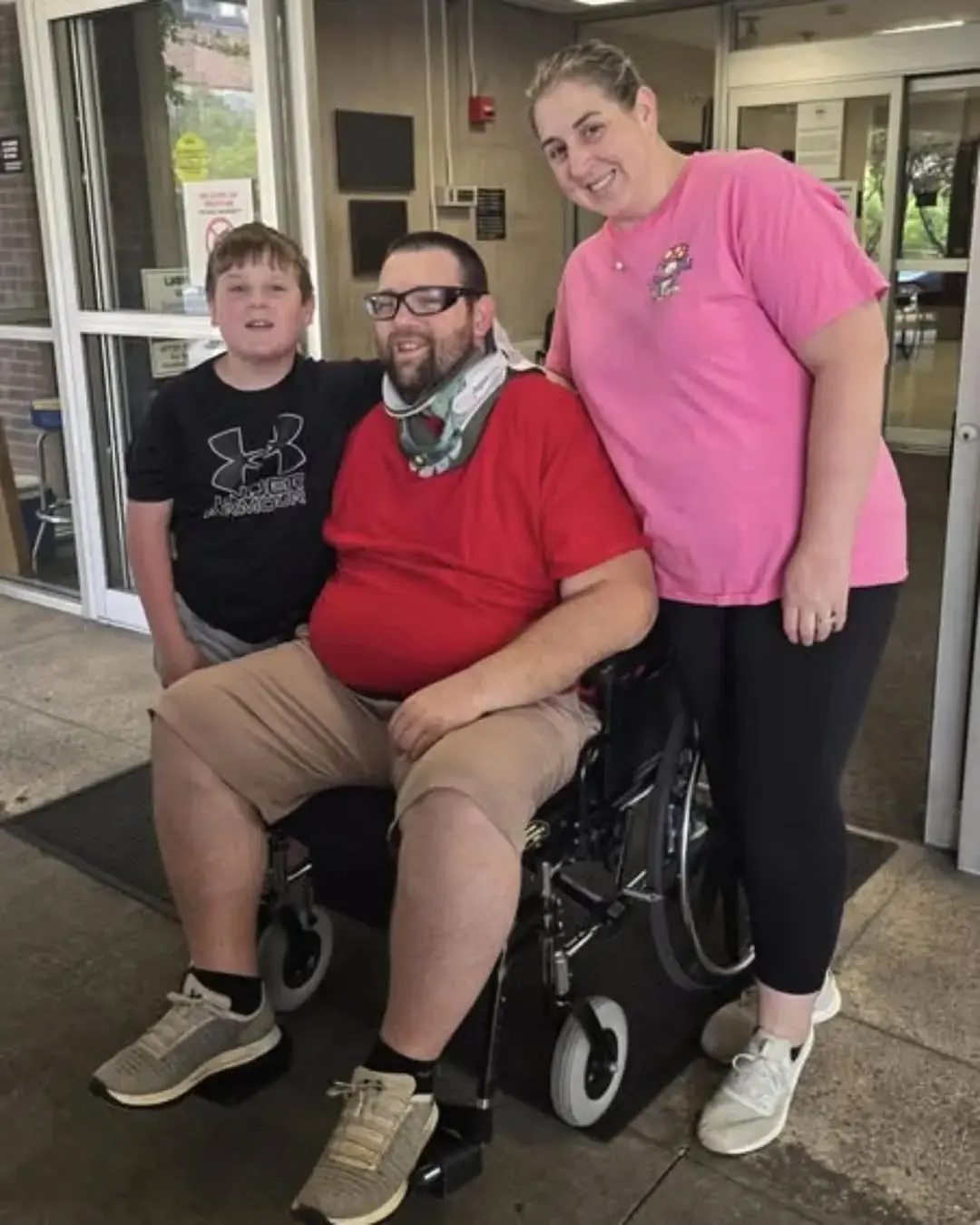
A Homecoming Marked by Grief and Gratitude: The Corley Family’s Journey
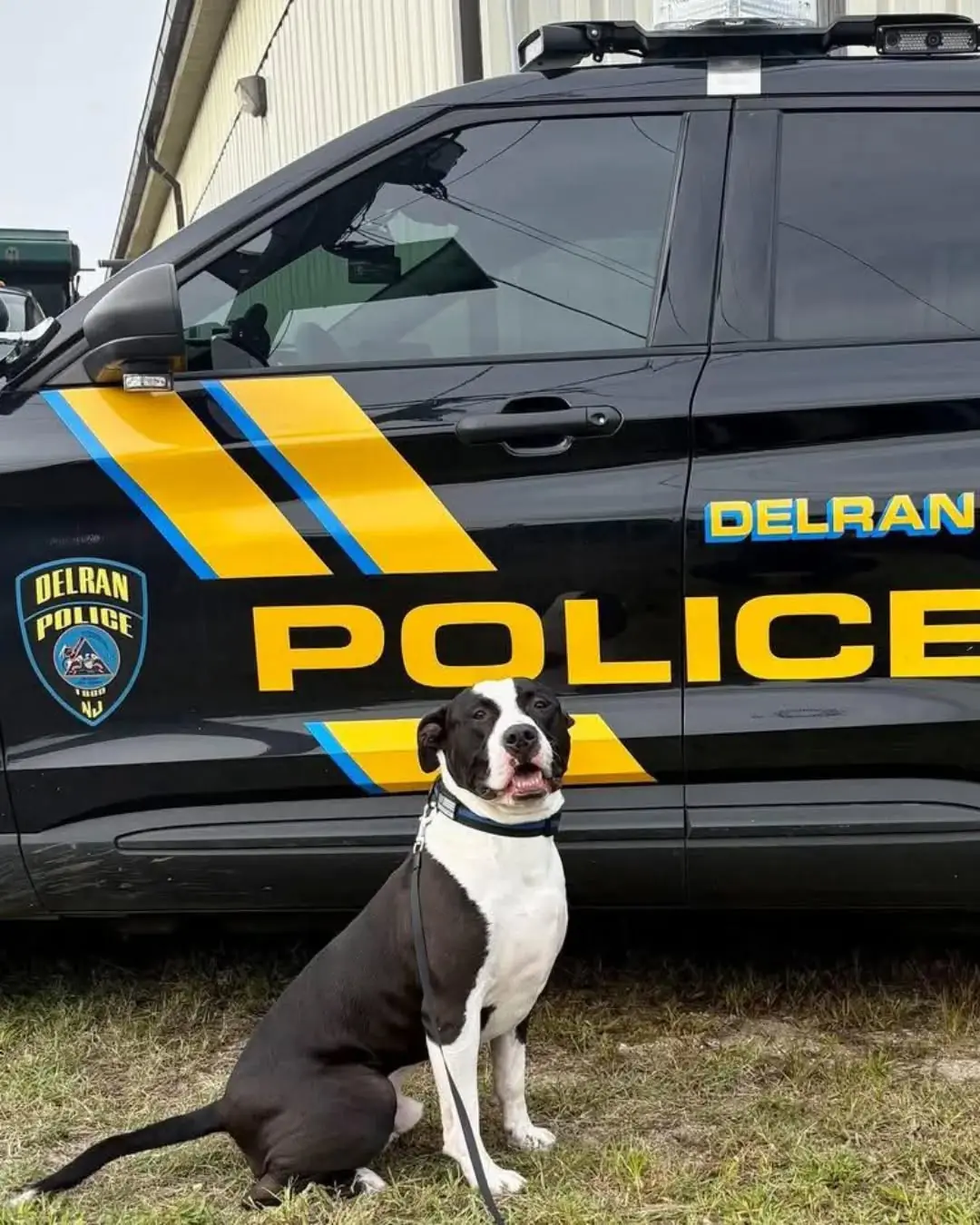
From Shelter to Service: The Incredible Journey of K-9 Ron
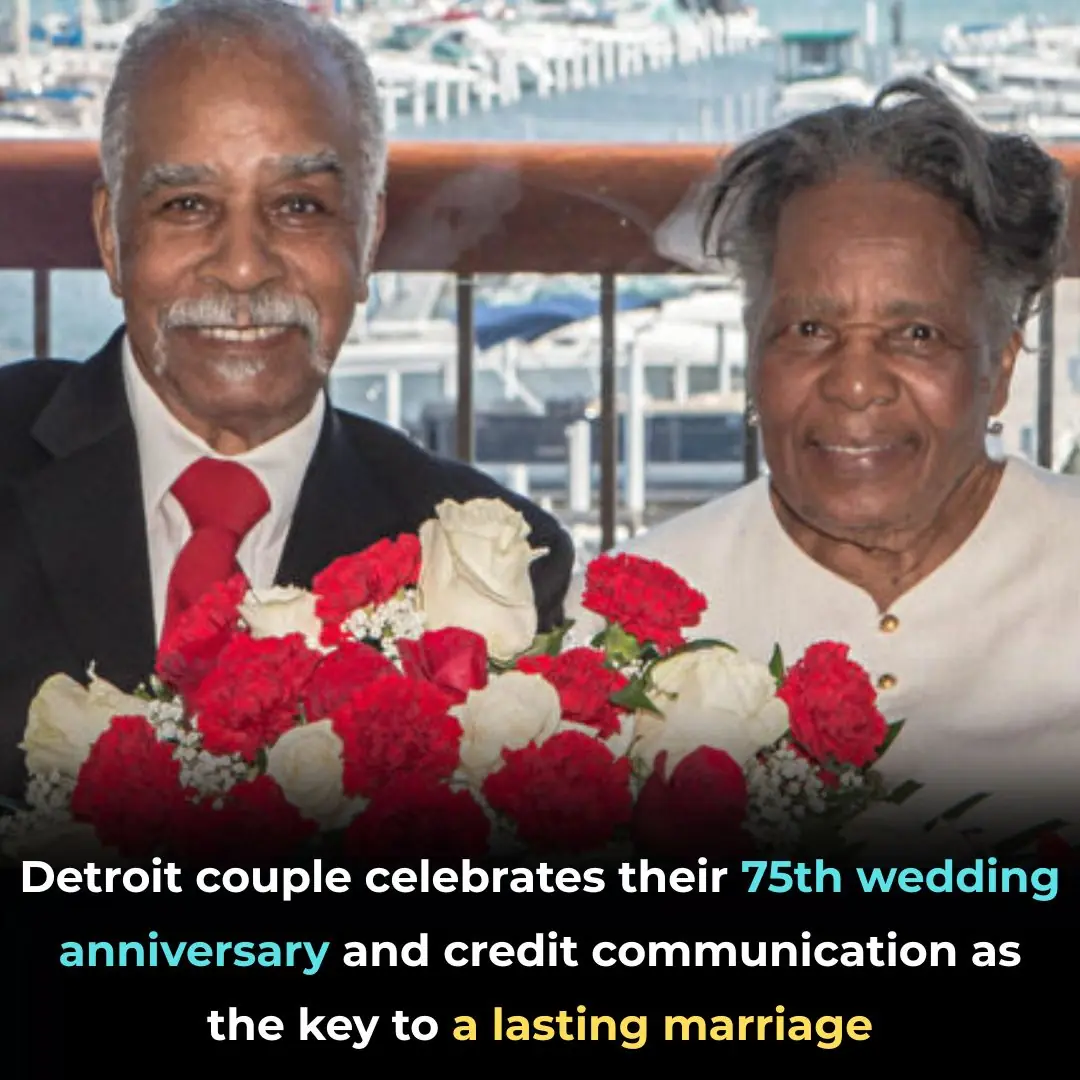
Detroit Couple Celebrates Their 75th Wedding Anniversary And Credit Communication As The Key To A Lasting Marriage

This Mom Got Illinois To Sign A Law Banning Hair Discrimination In Schools
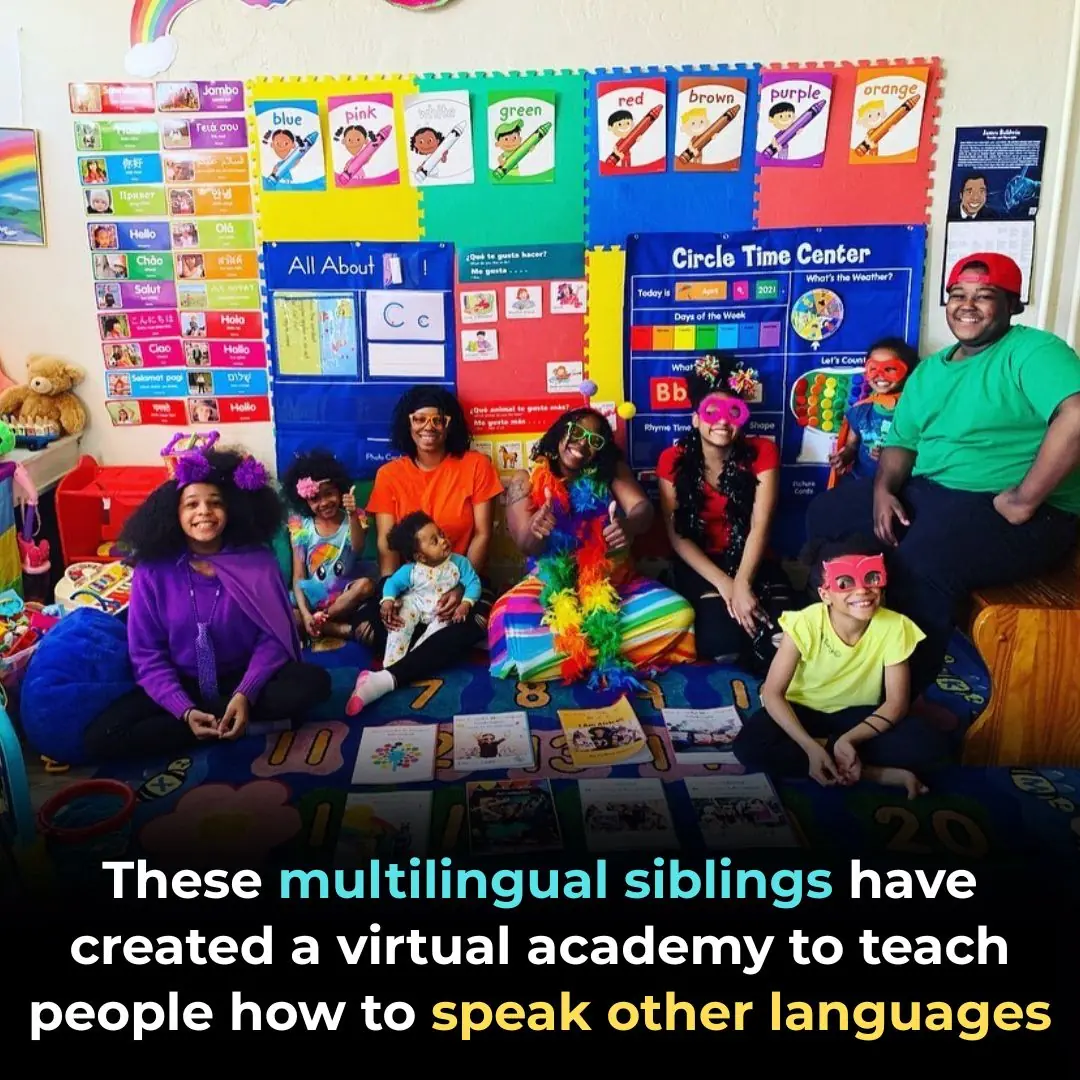
These Multilingual Siblings Have Created A Virtual Academy To Teach People How To Speak Other Languages

This Mother and Daughter Got The Chance To Serve On The Same U.S. Navy Ship Together
